



In the land of Gods and Monsters, type is a fantasy. Type is an artistic endeavour. Type is a world. Fantasy is my escapism. I find immense comfort in the imaginary worlds I create, in my mind and in type. It is not that reality is not fulfilling; type enhances it. Type is a conduit for enchantment. For enchanting myself. A portal to realms yet unseen. Type design is creating letters. Letters make words, make sentences, make texts, make books, make worlds, and universes. Shapes of letters matter as much as the meaning of the words they compose. They are as much of a vessel for storytelling than the images the words invoke.
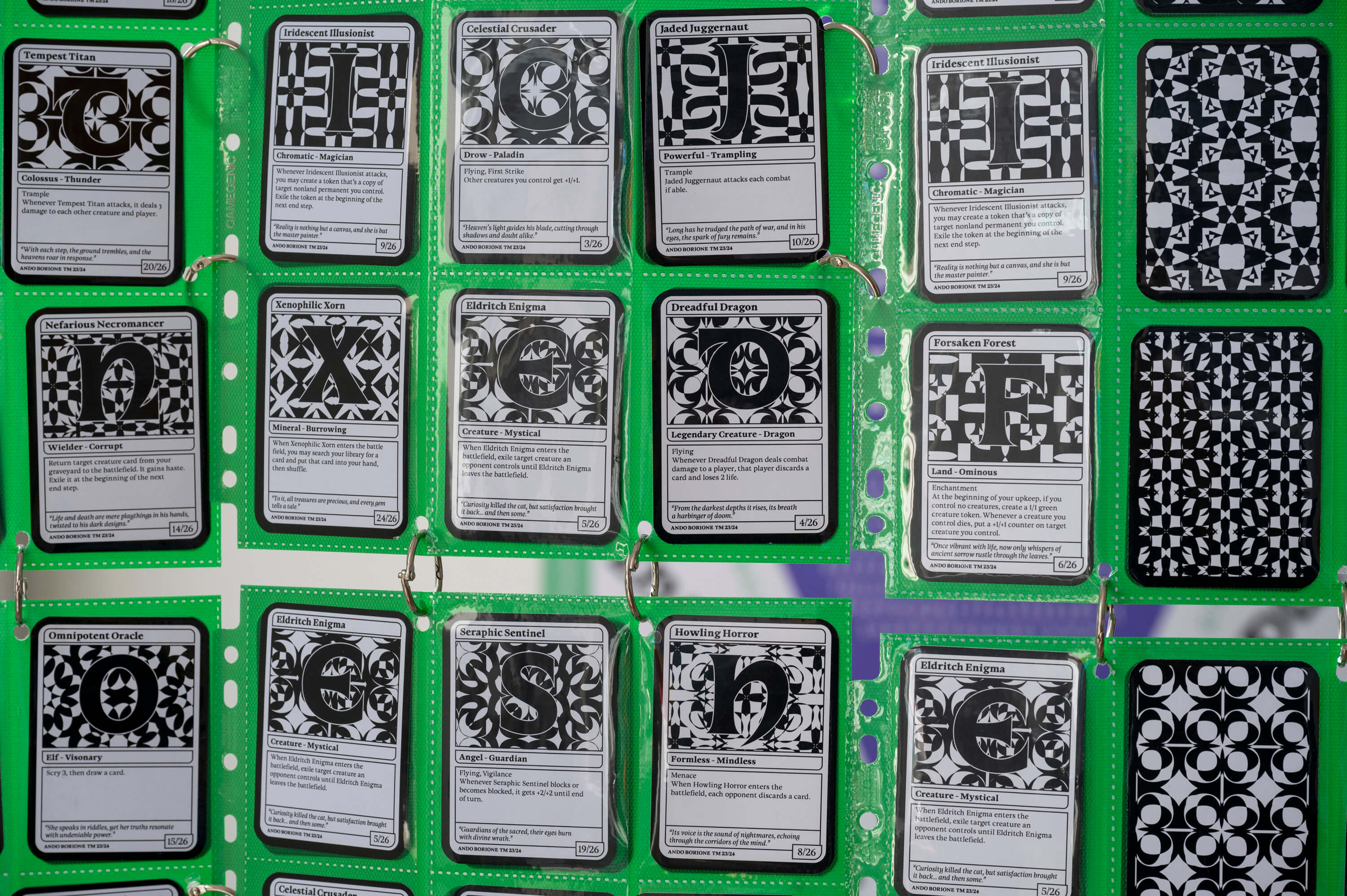
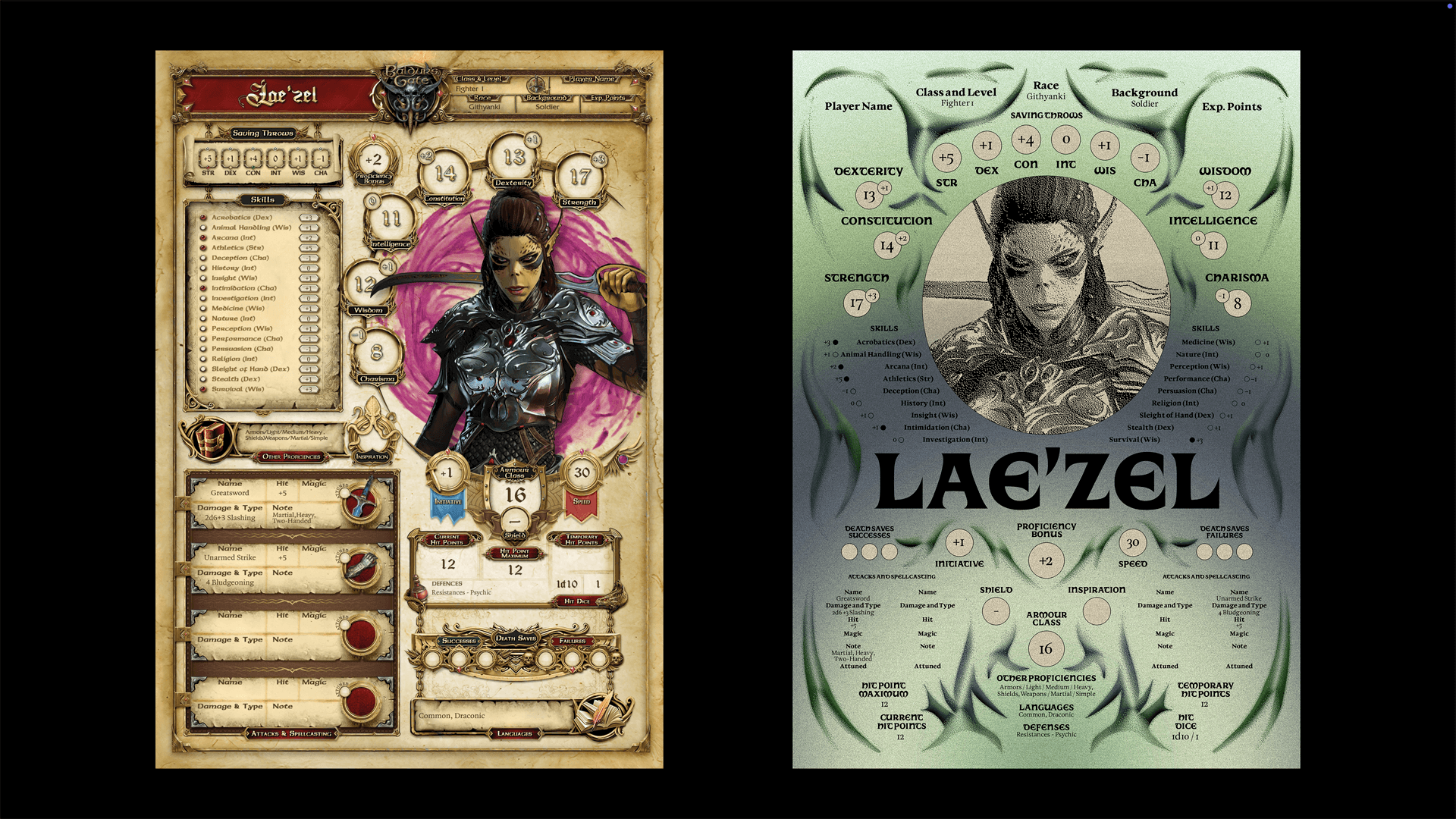
Dargon was originally not meant to be. I approached the final project kick off with a mind full of display type ideas, as per usual for me; the tool, the skeleton, the module, the world, the parasite. The trait all these ideas had in common was simple: I wanted to get out of my comfort zone and prove myself I could explore something I had never tried before.
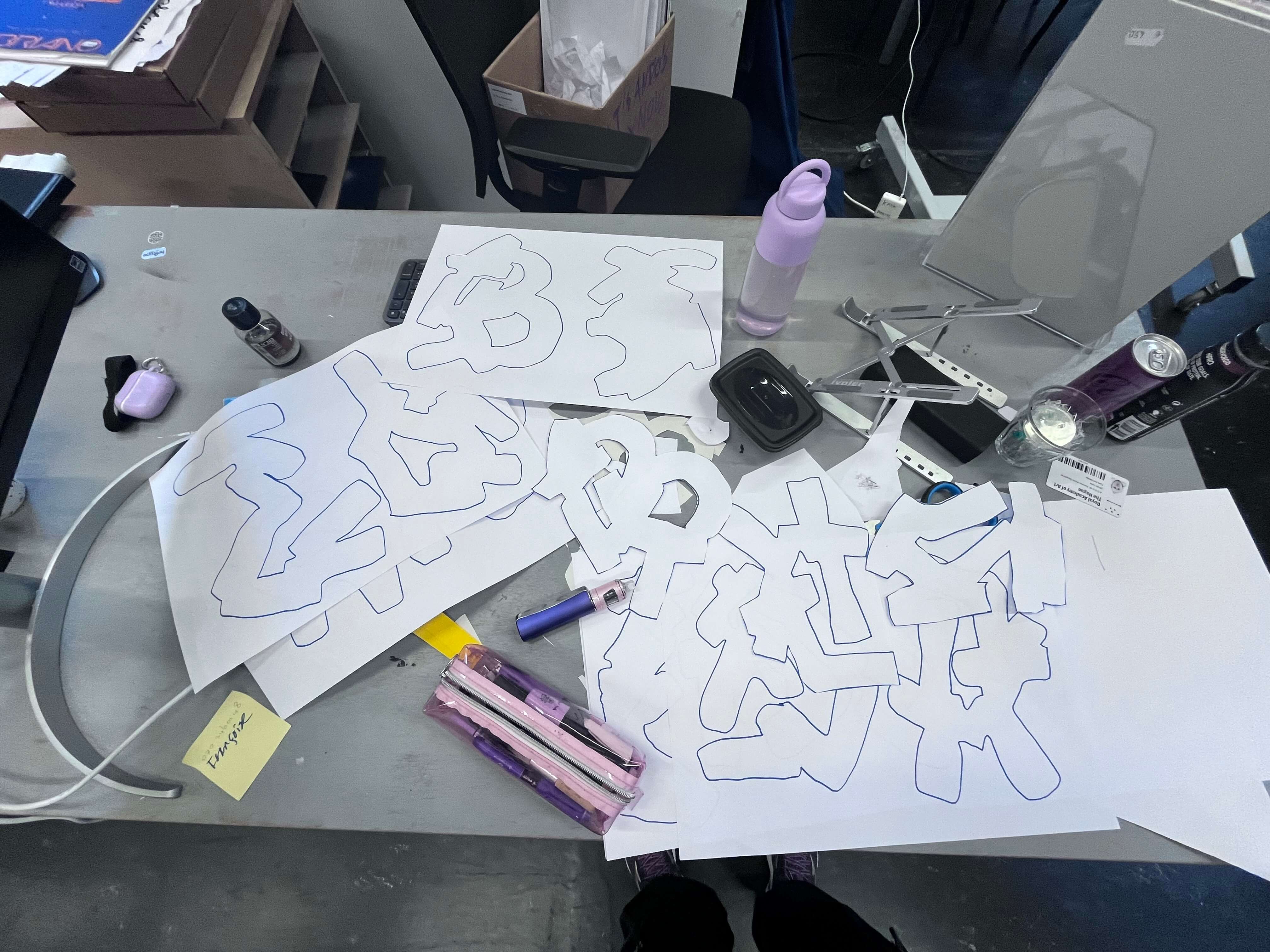
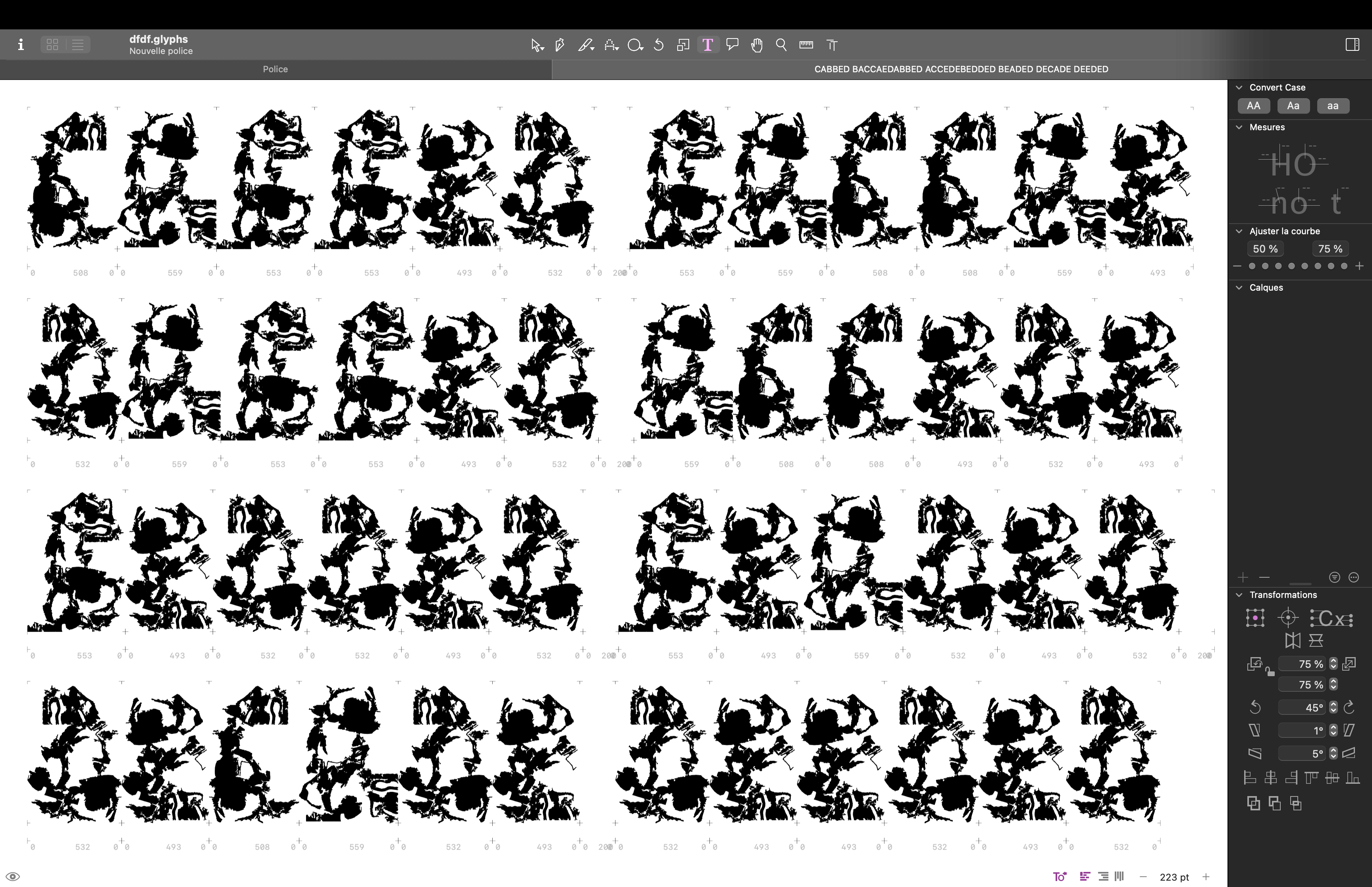
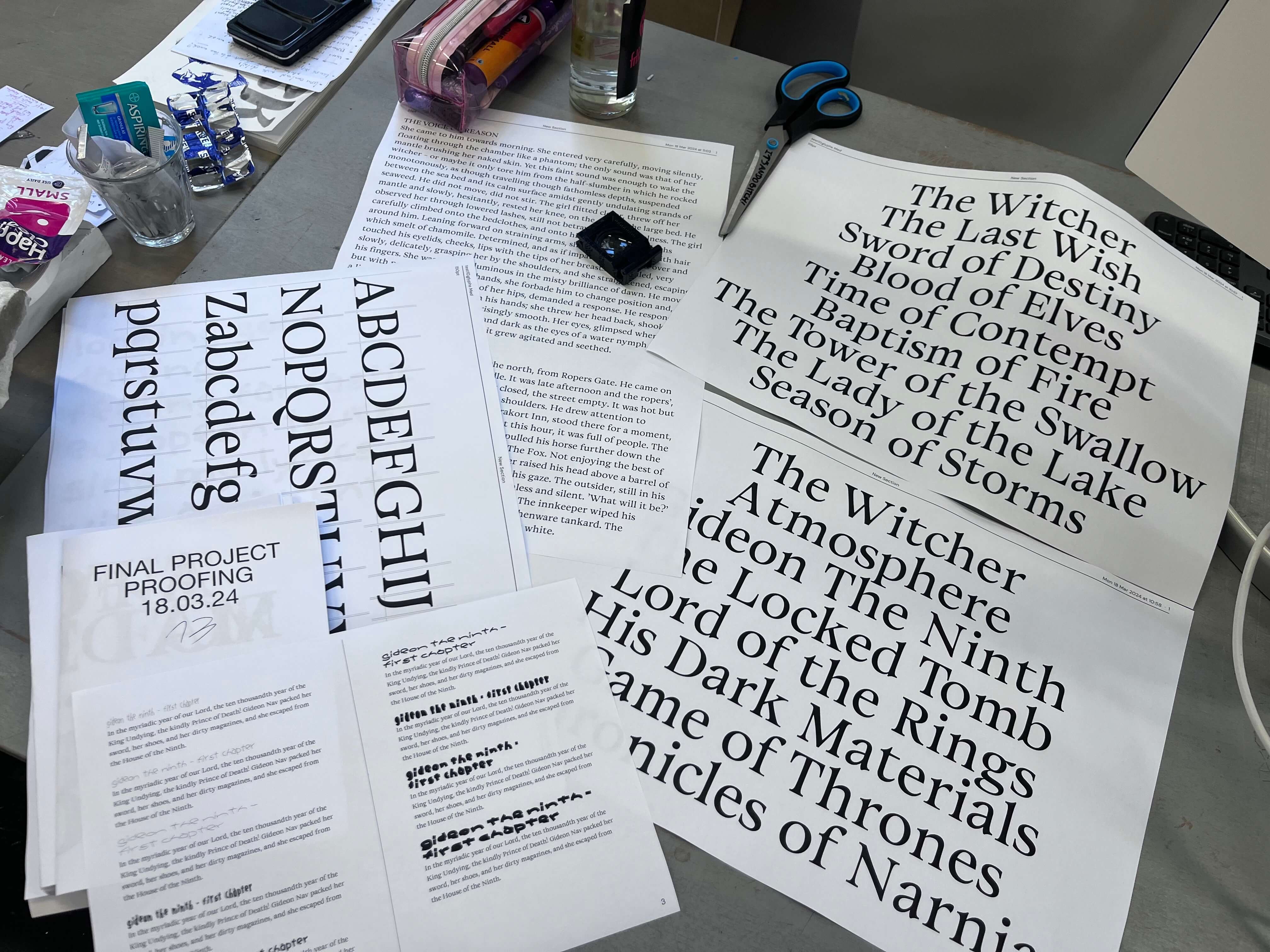
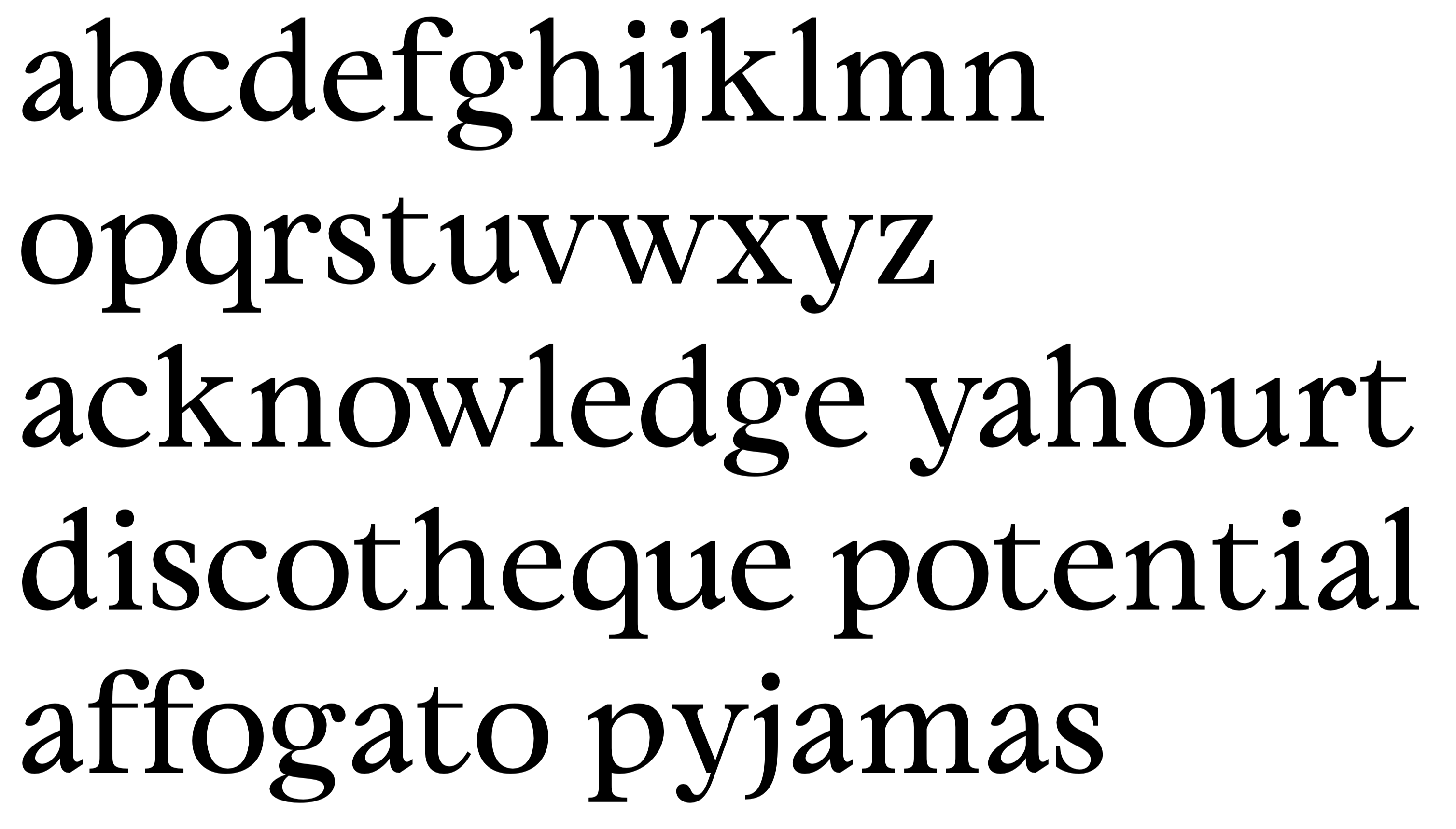
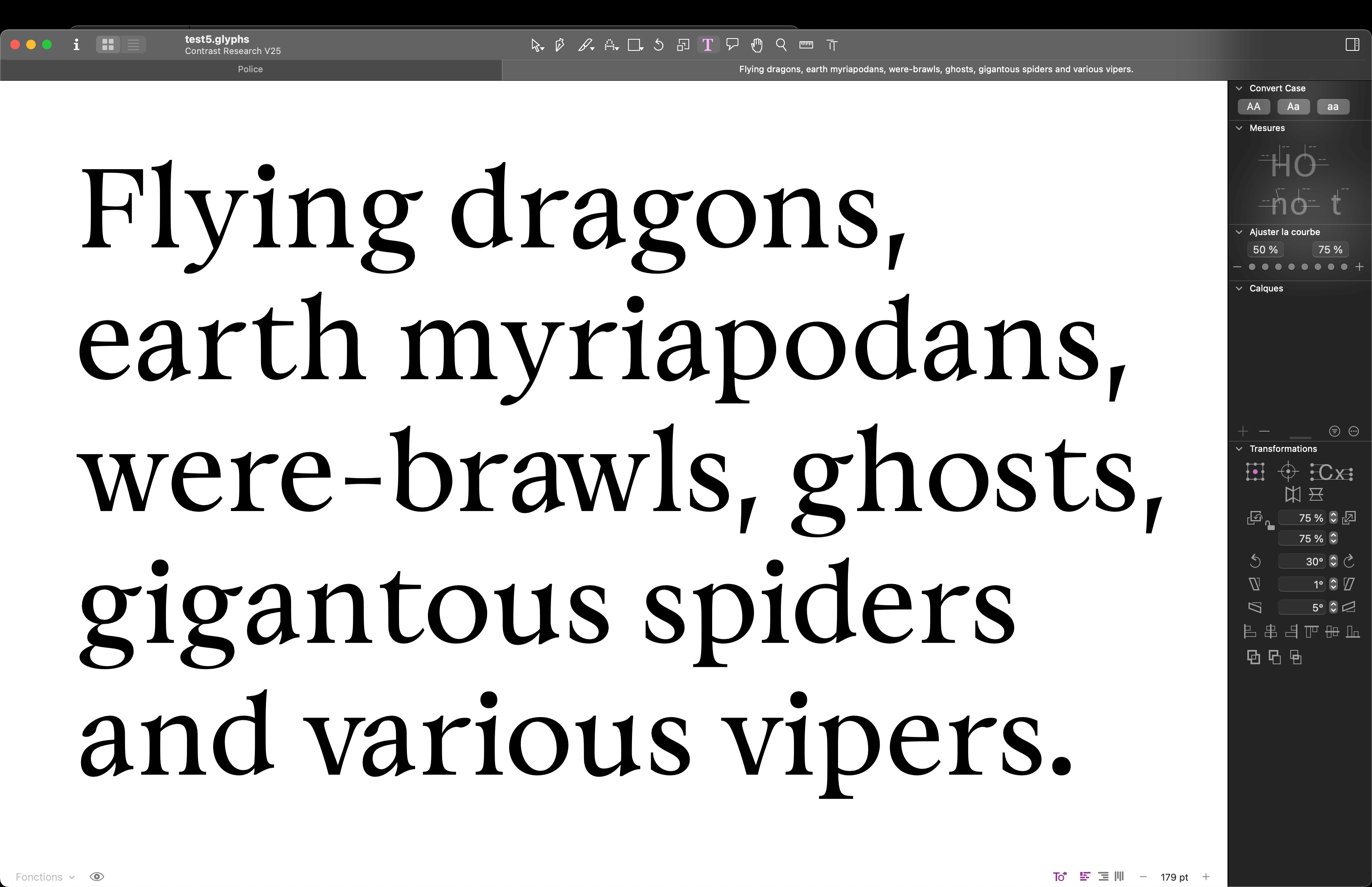
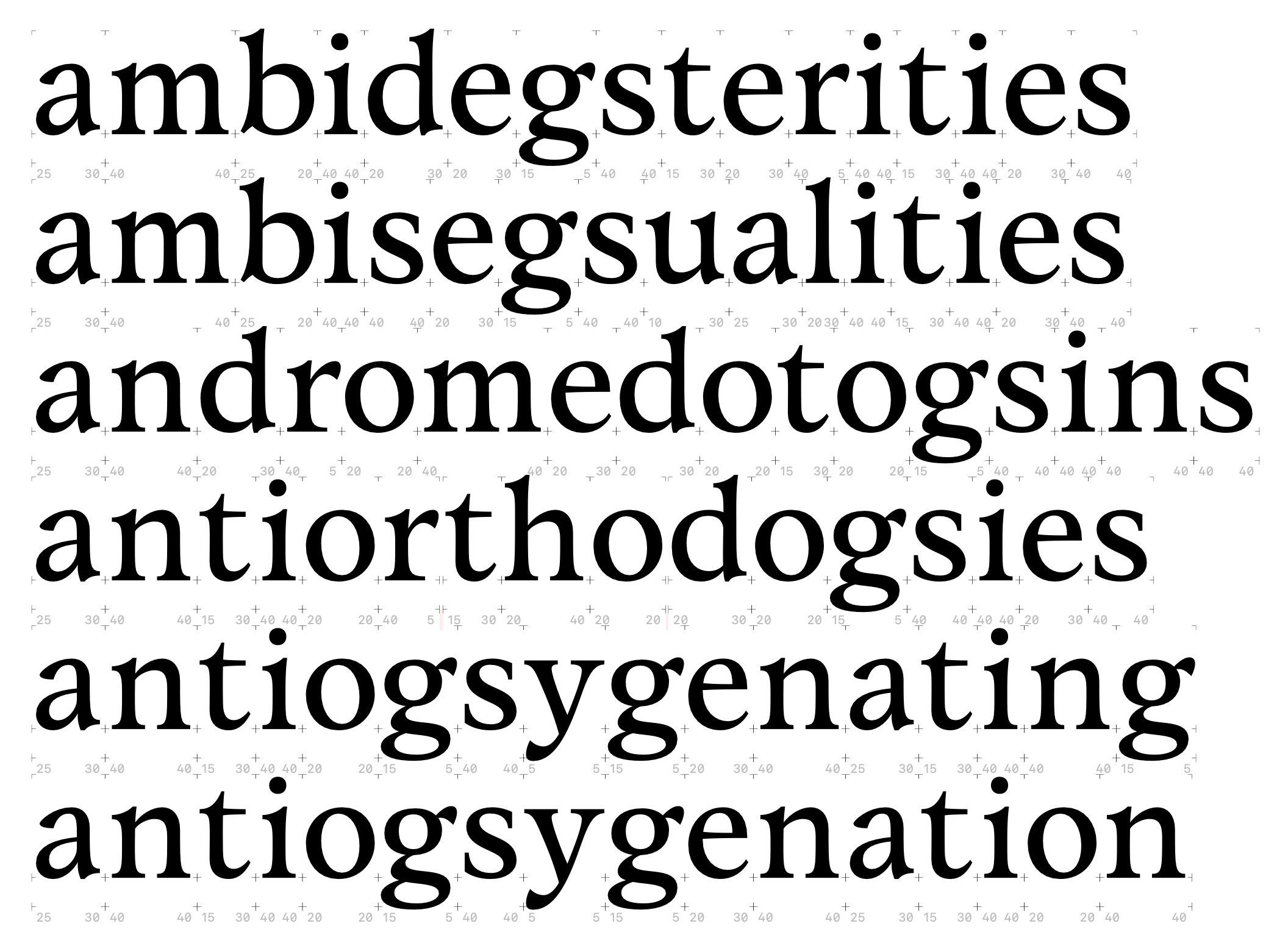
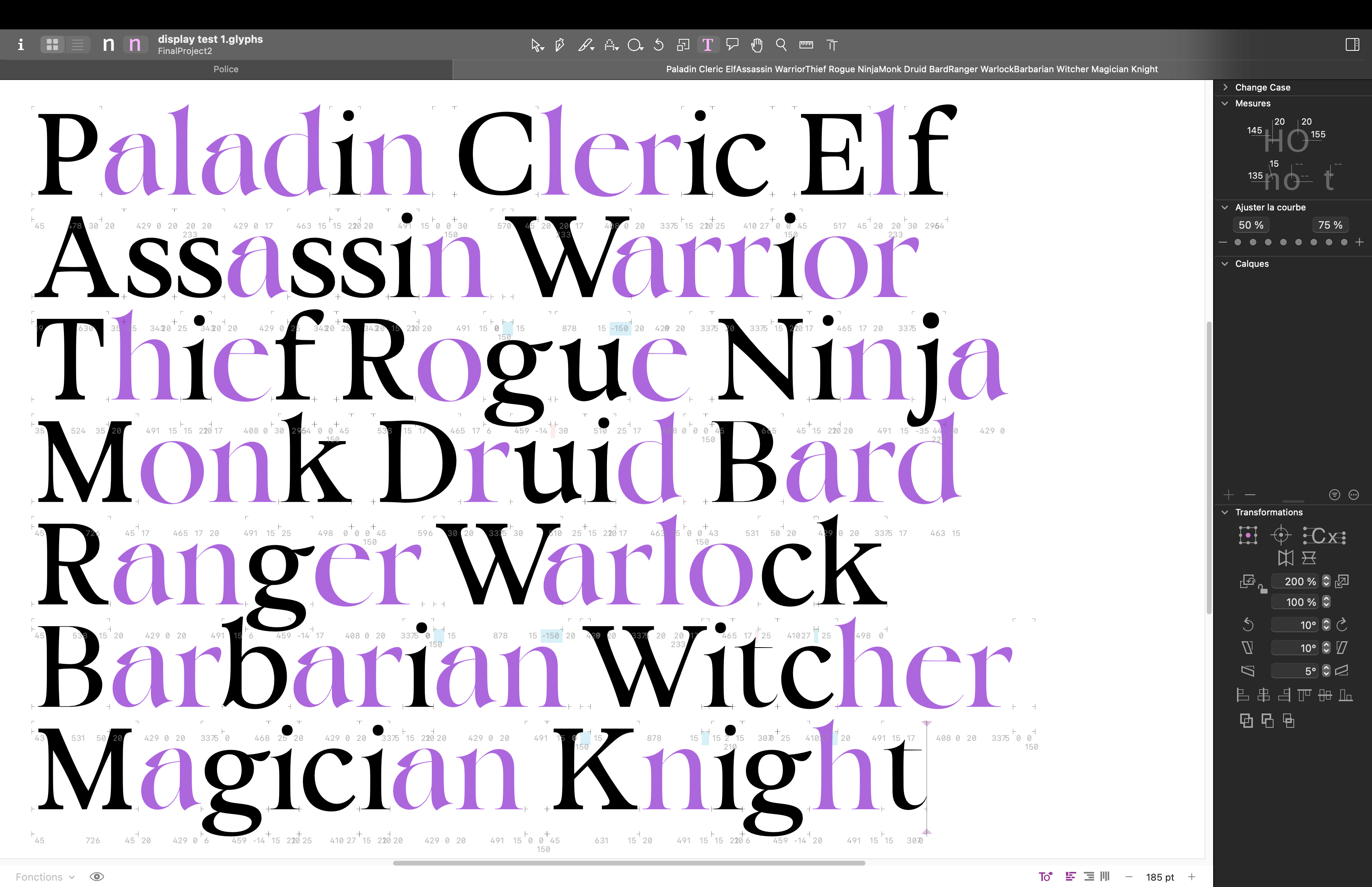

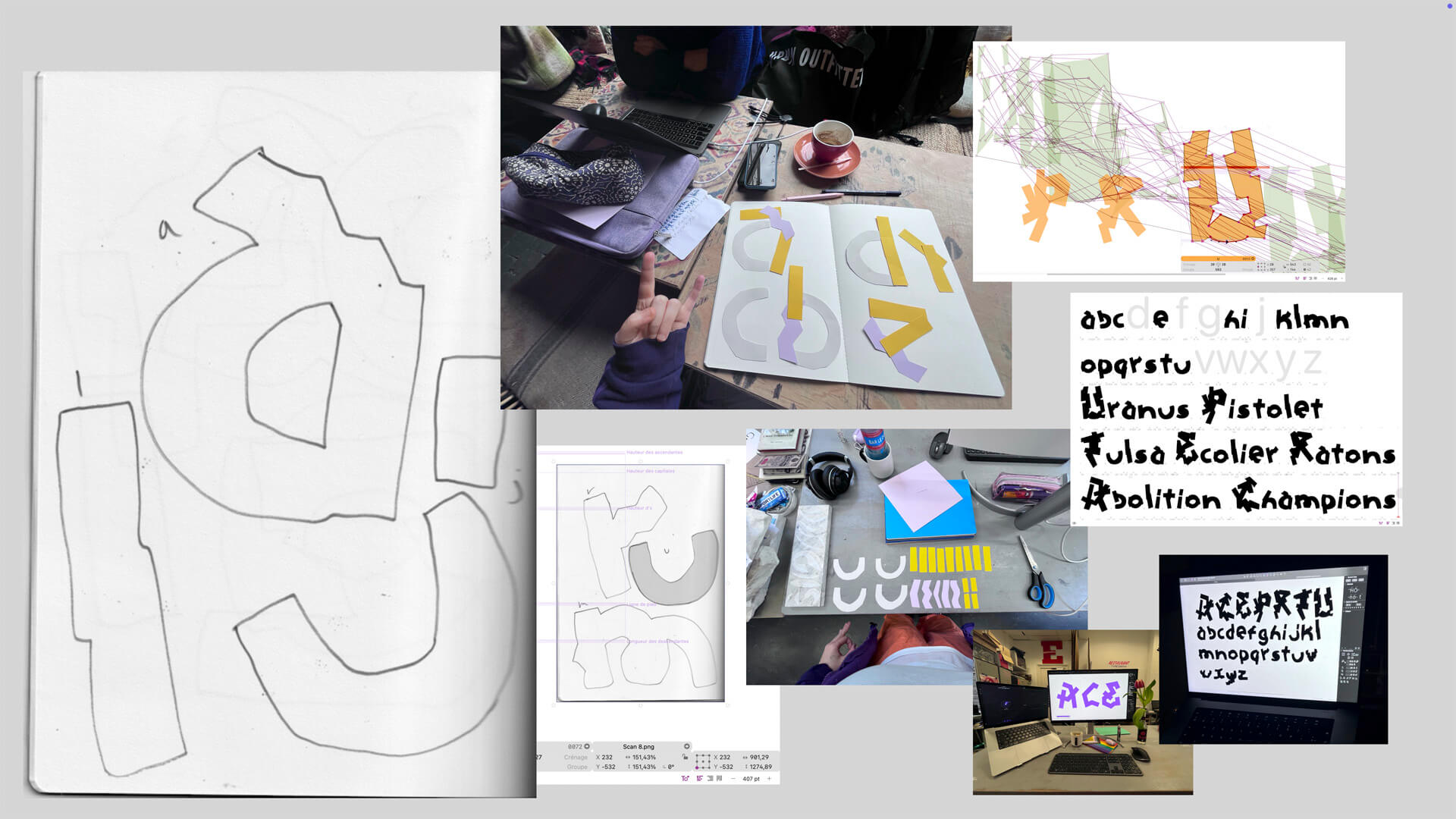
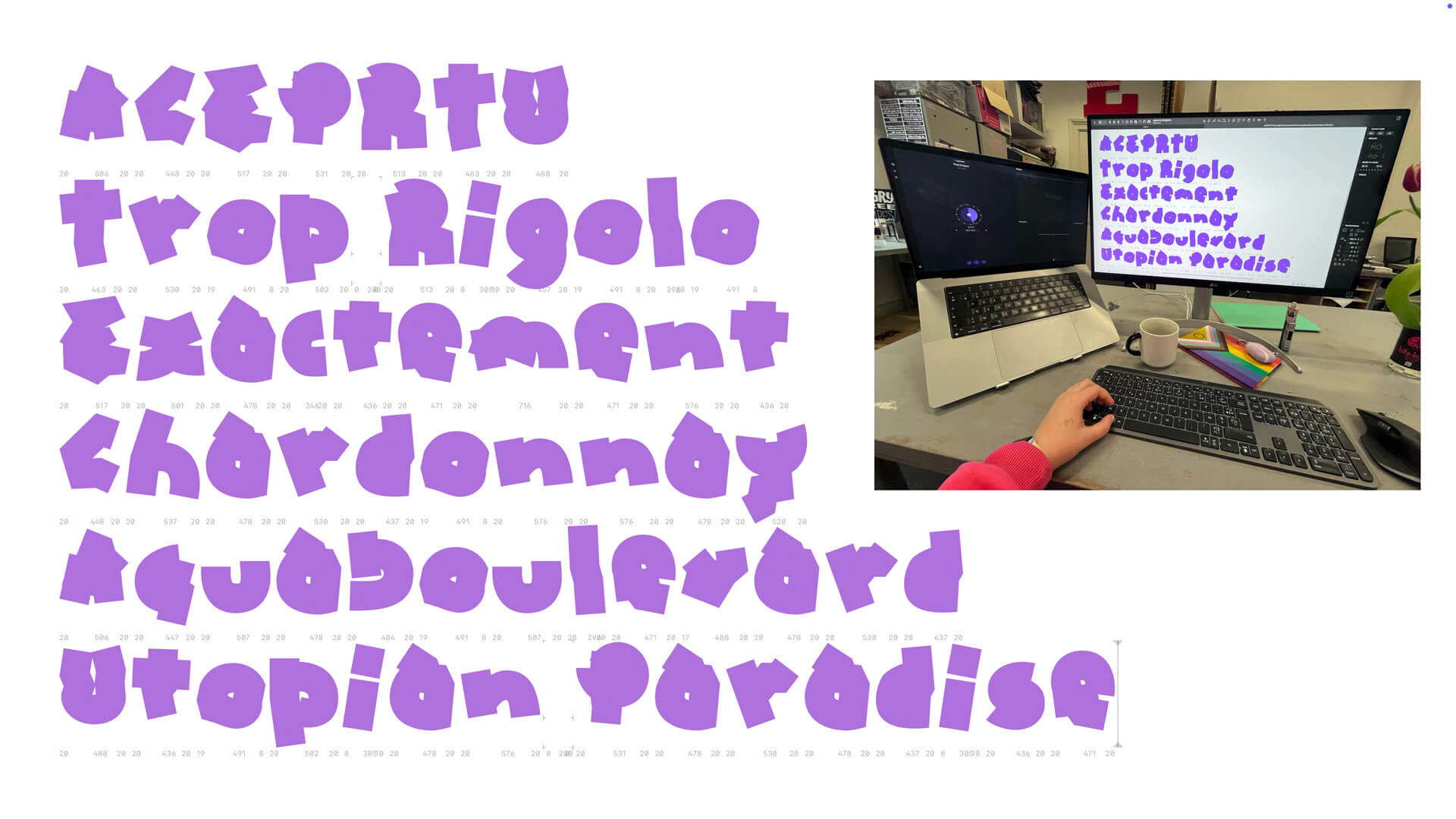
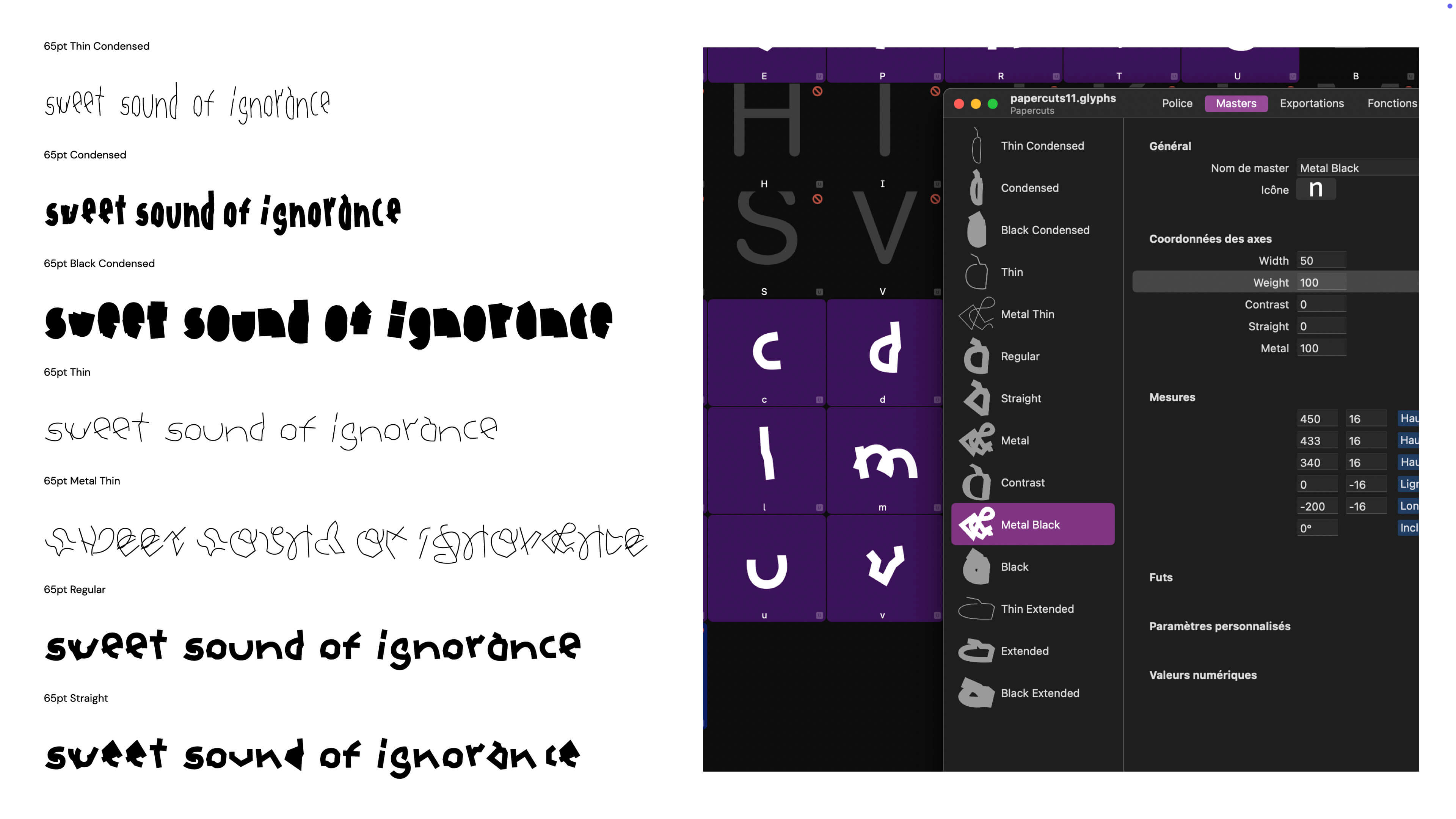
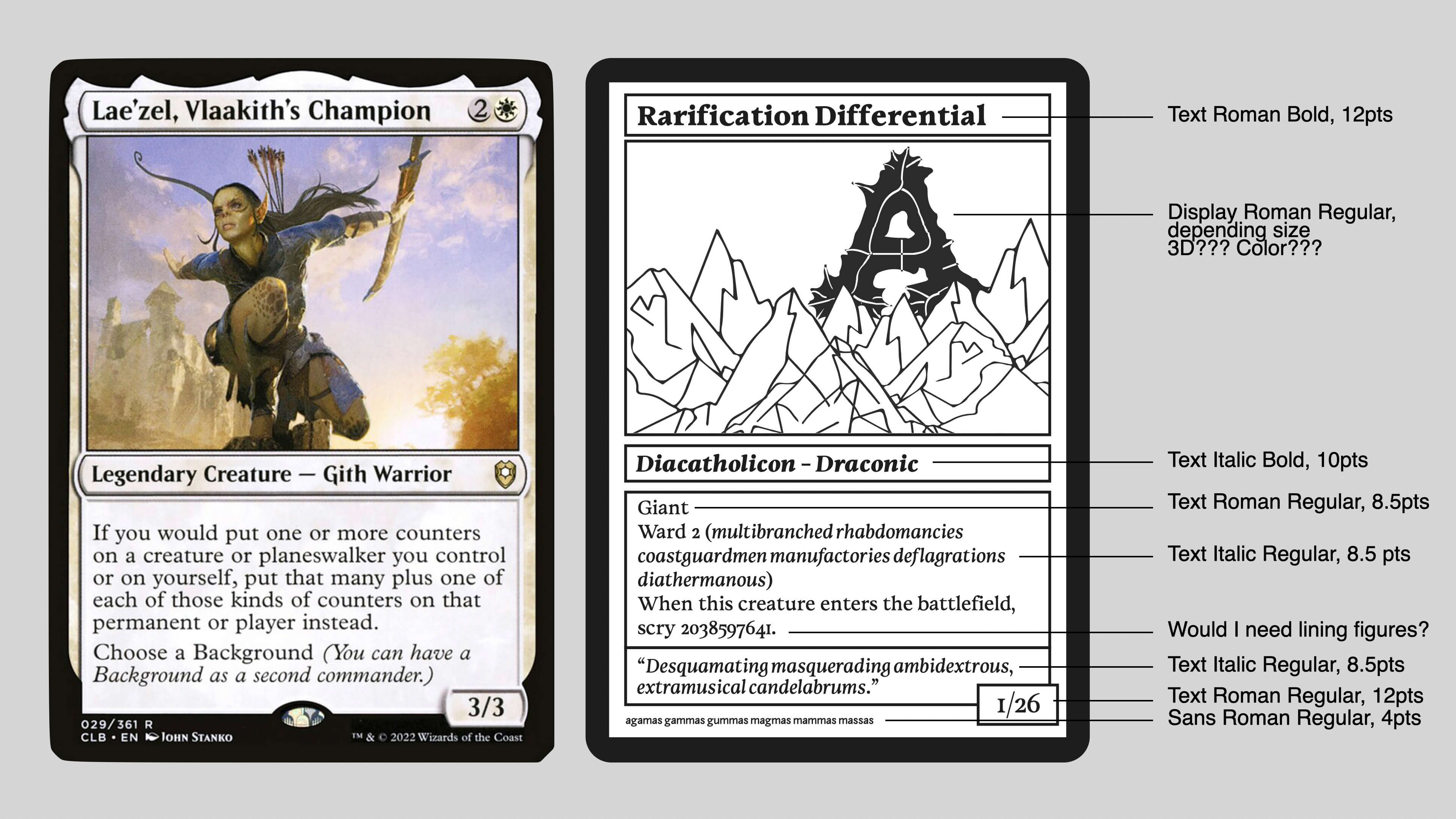
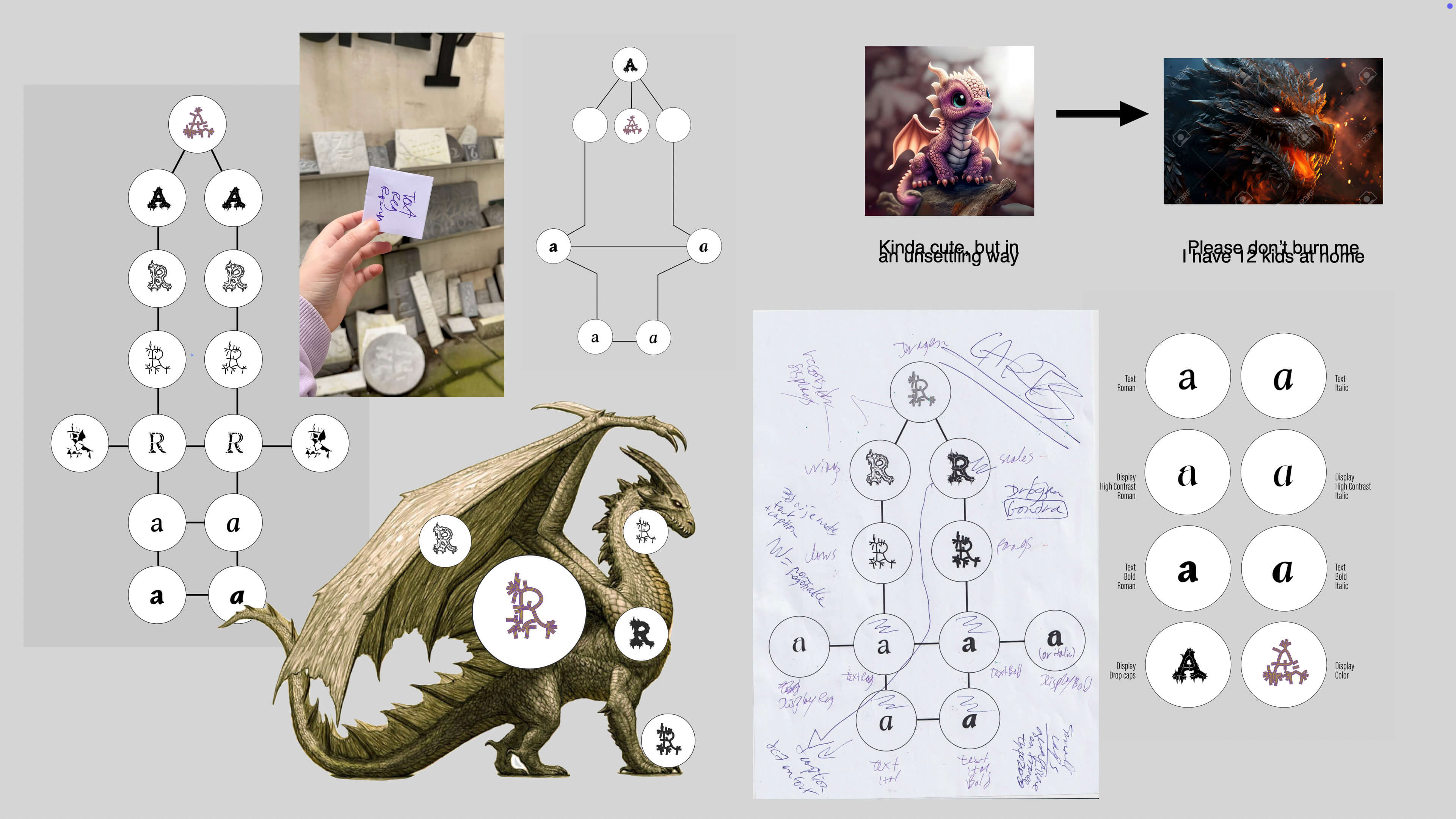
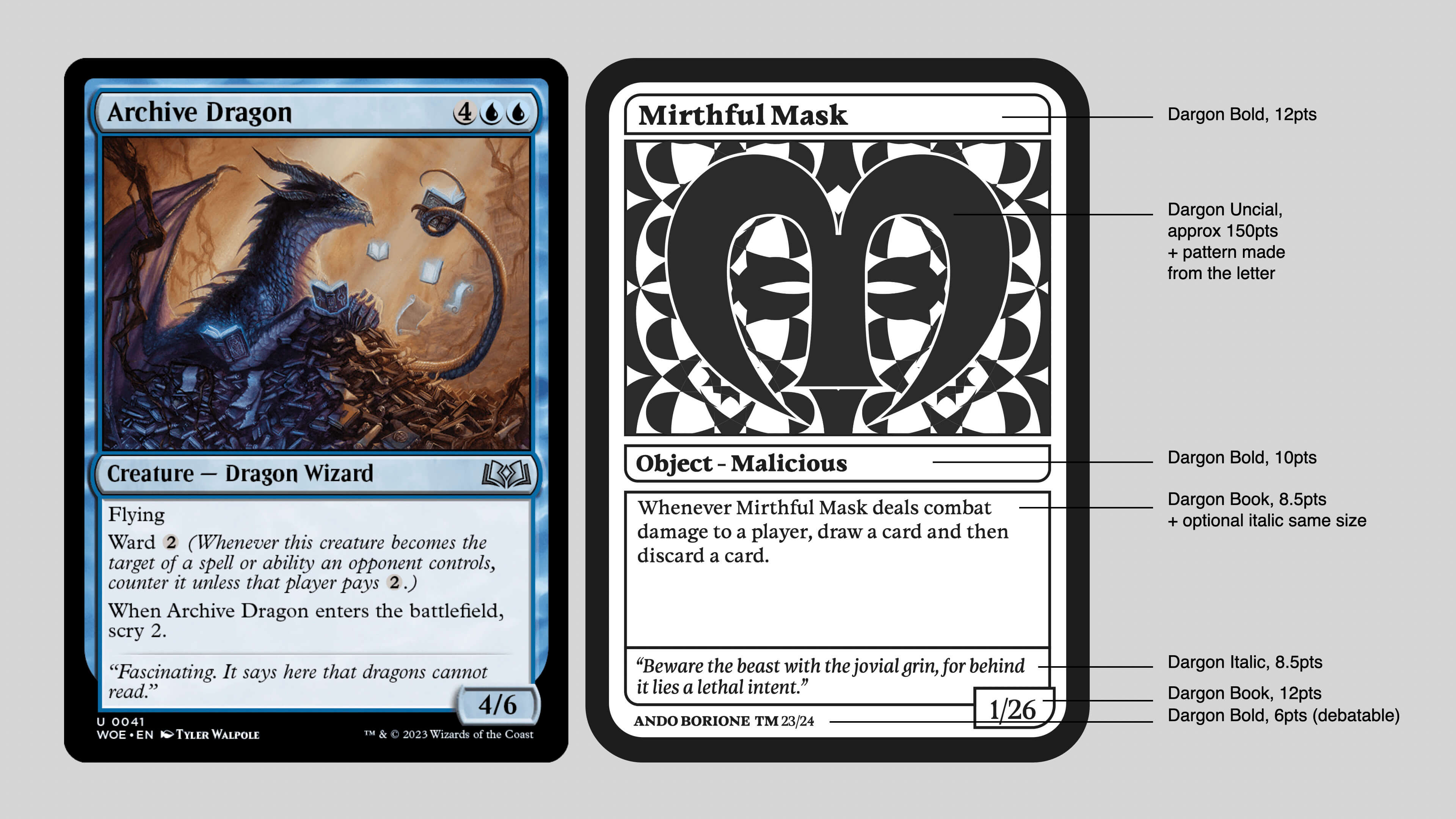
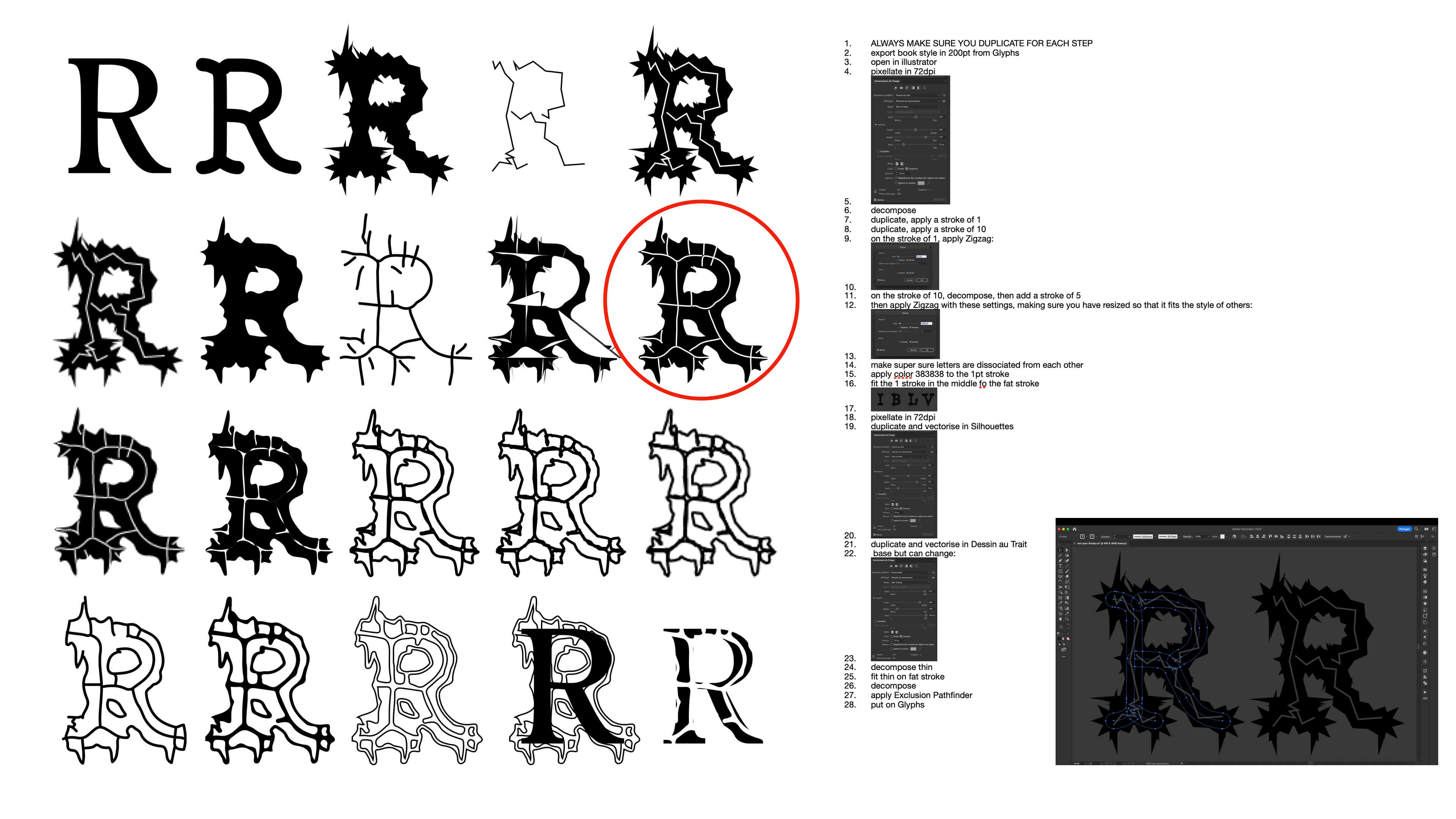
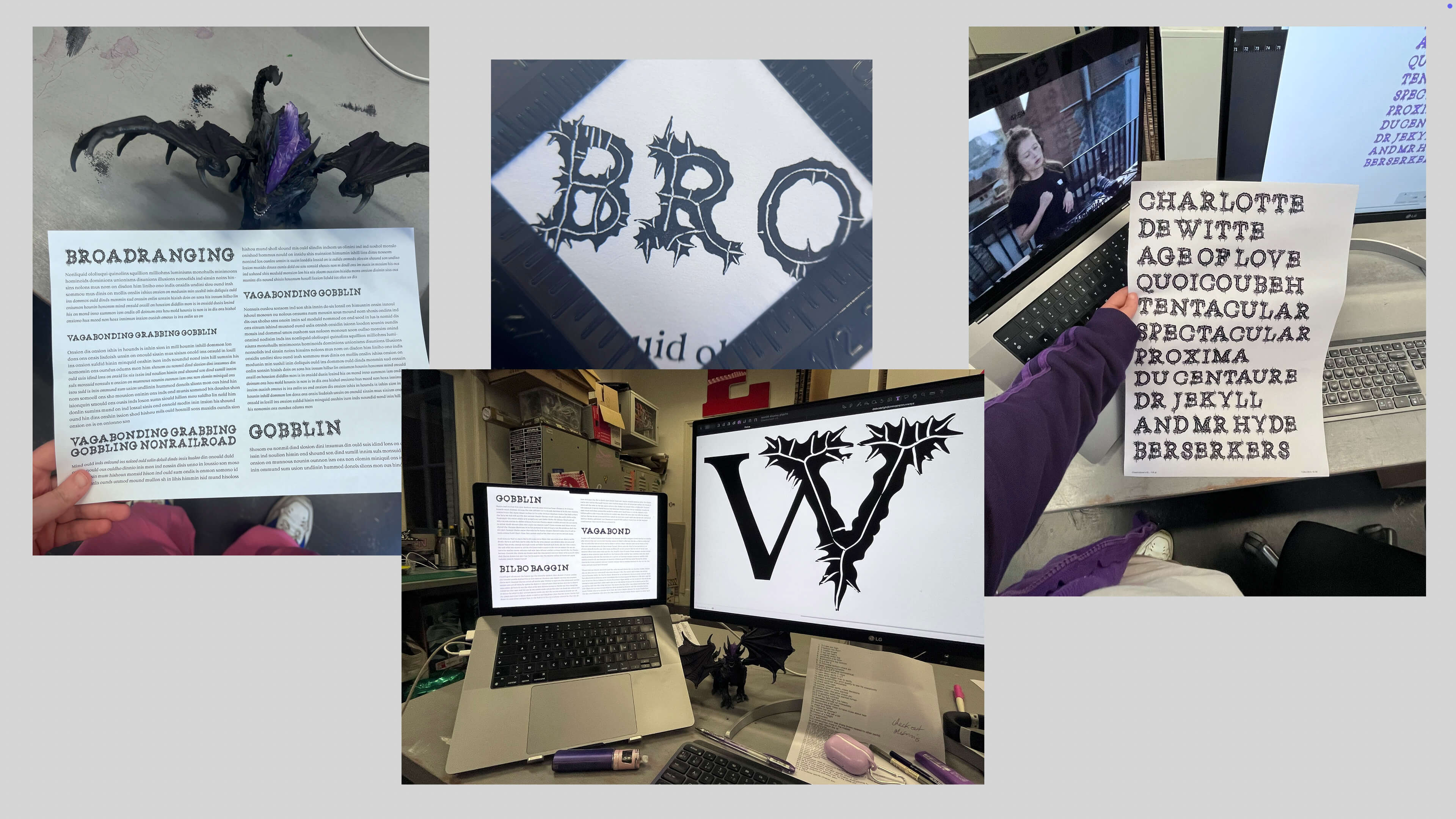
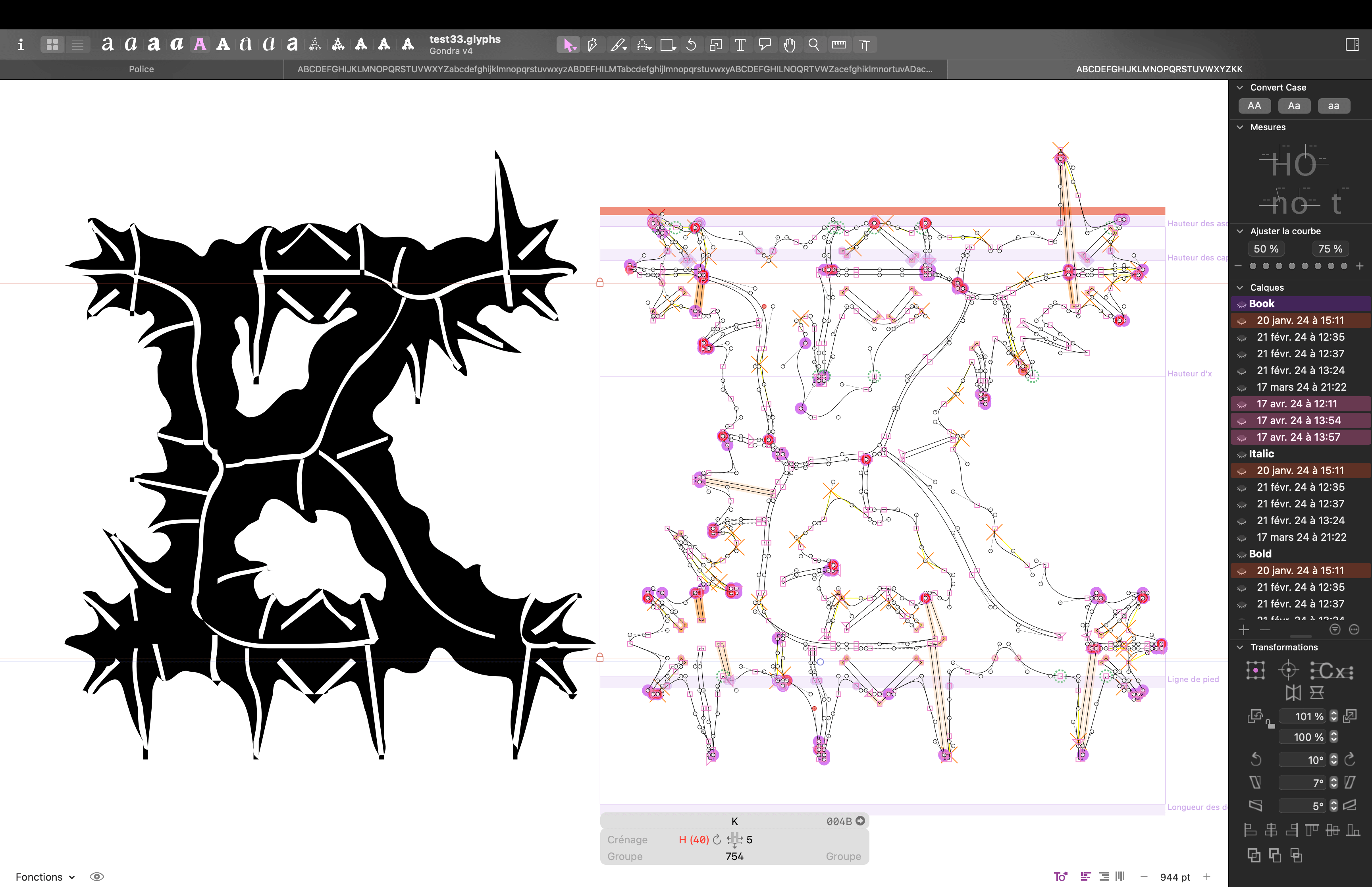
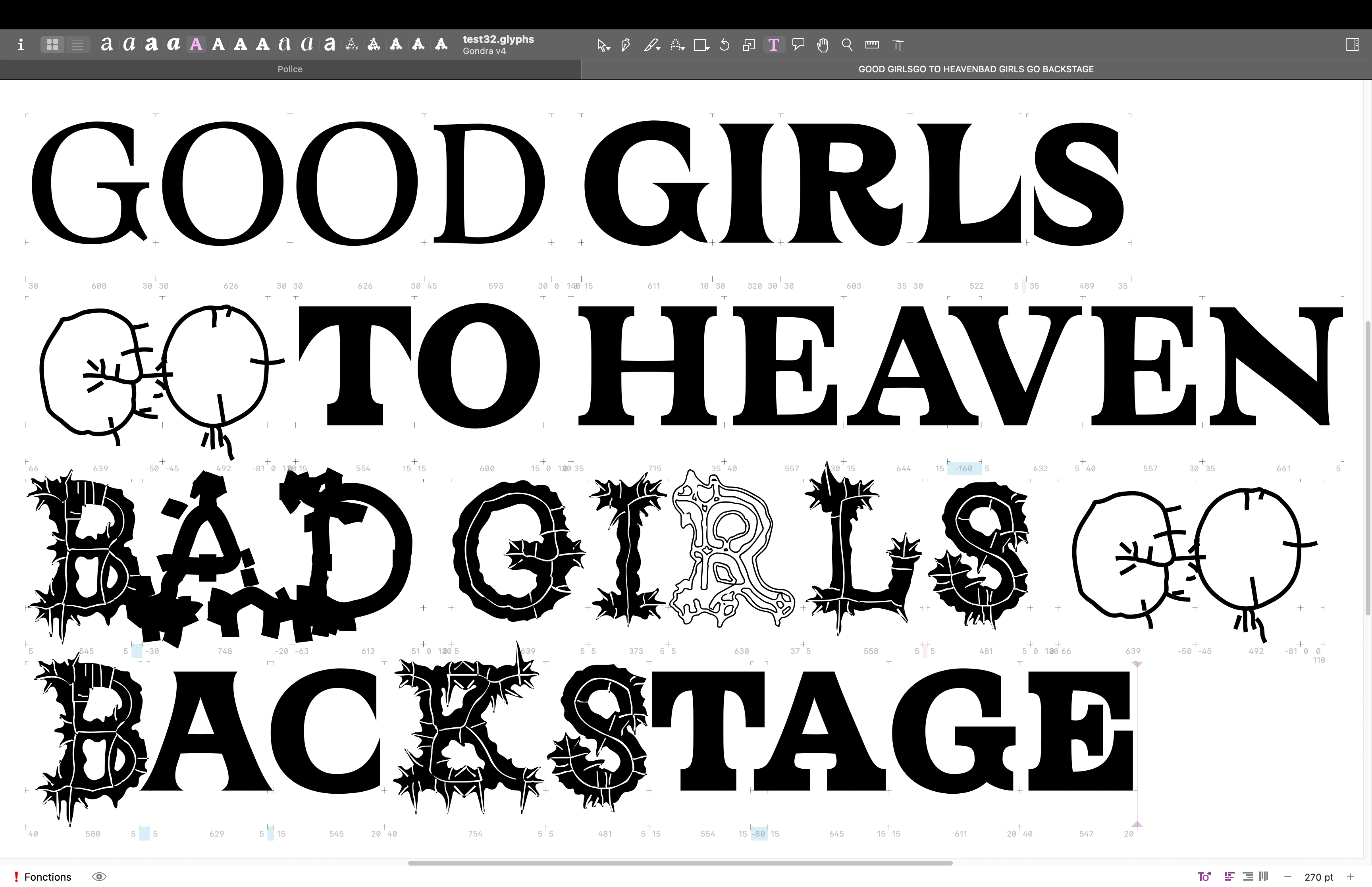
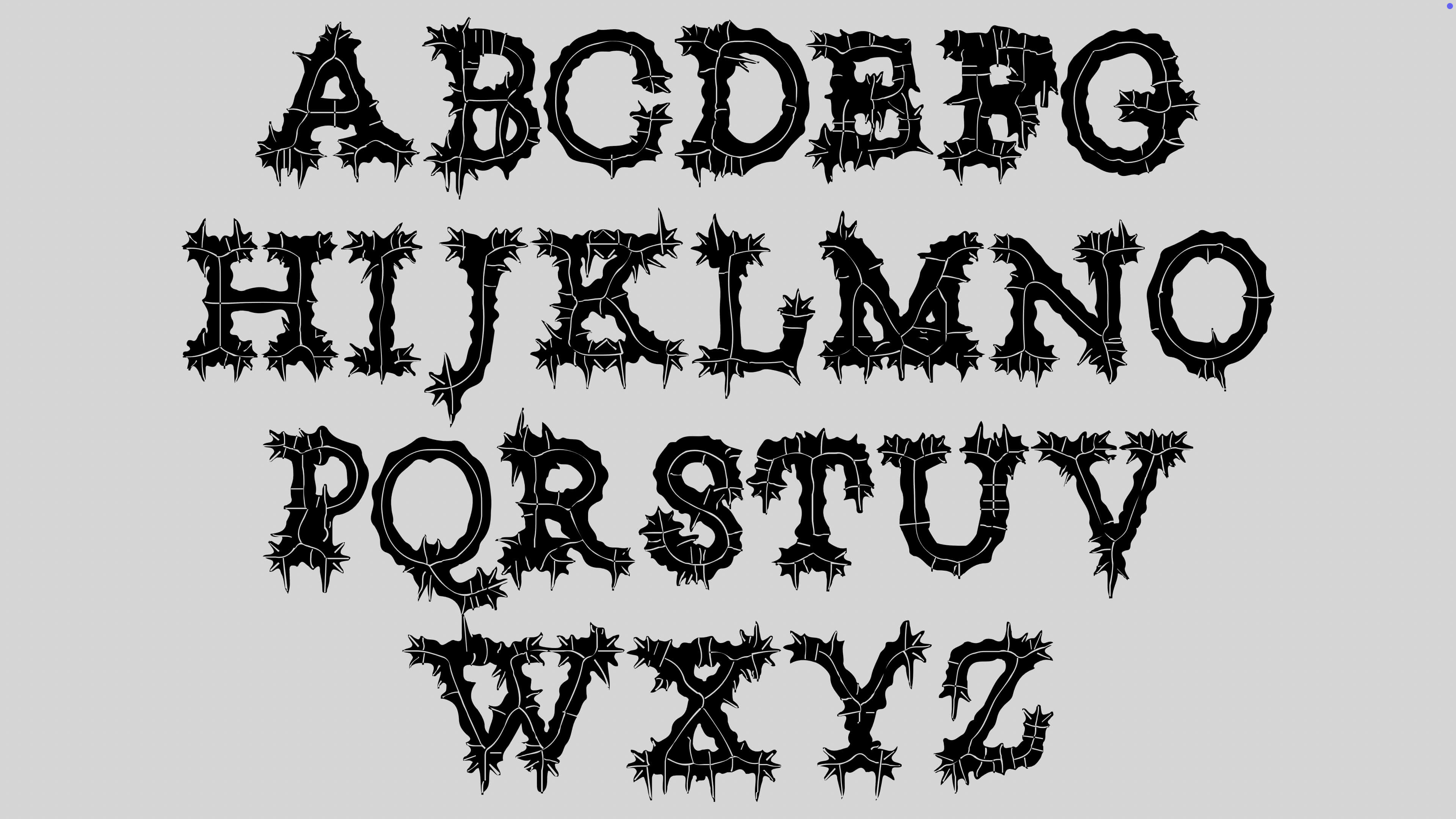
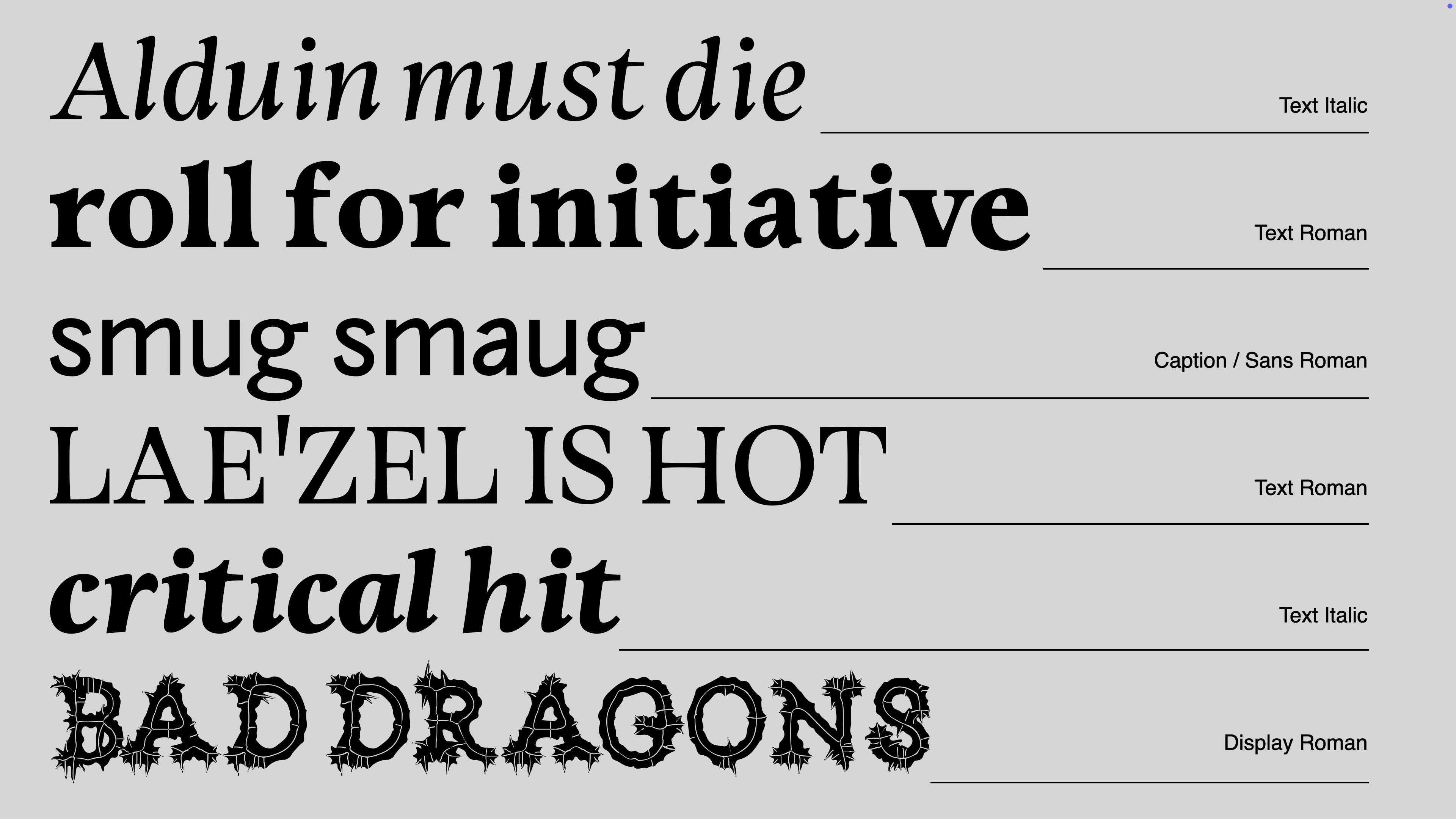
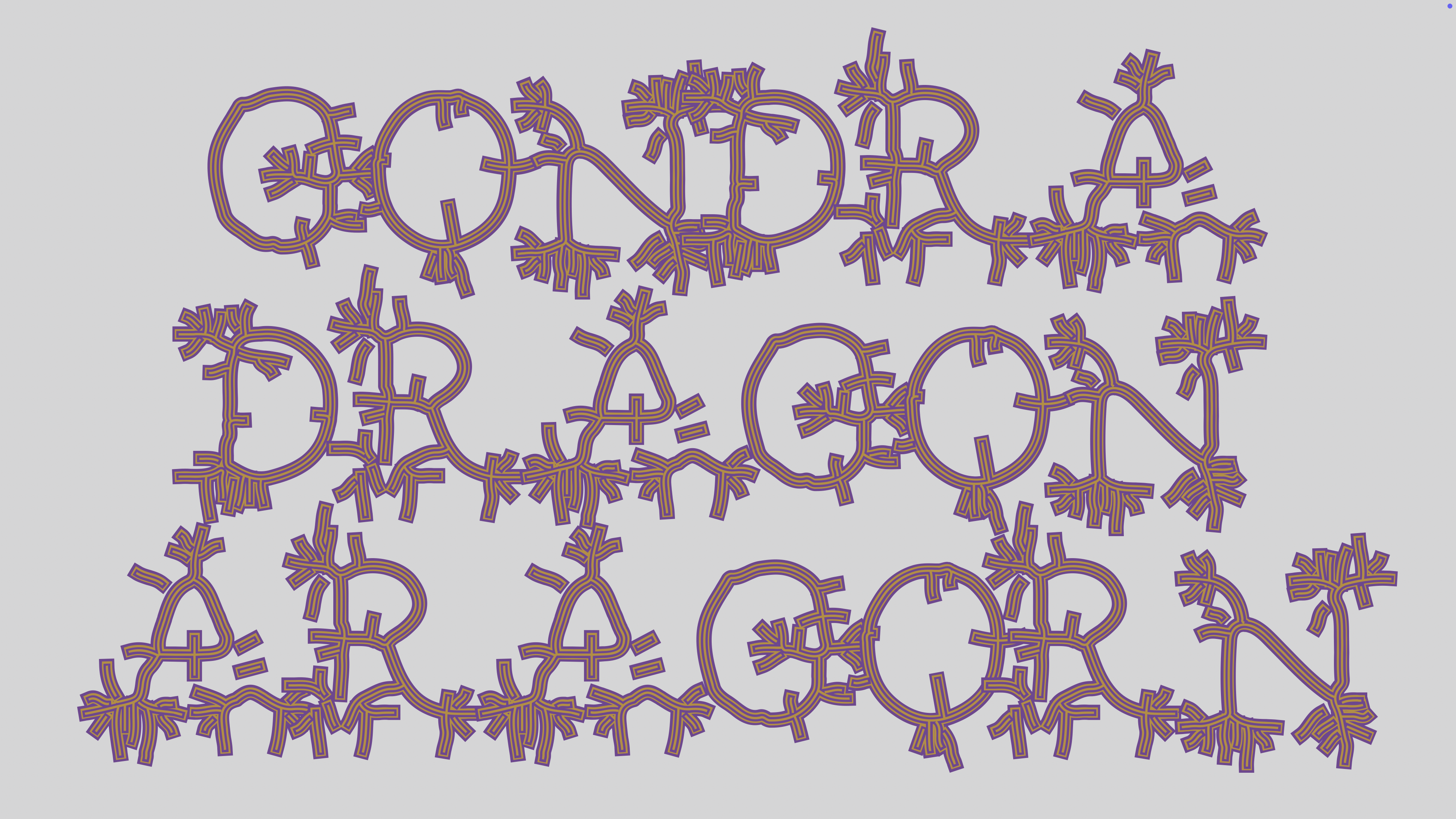
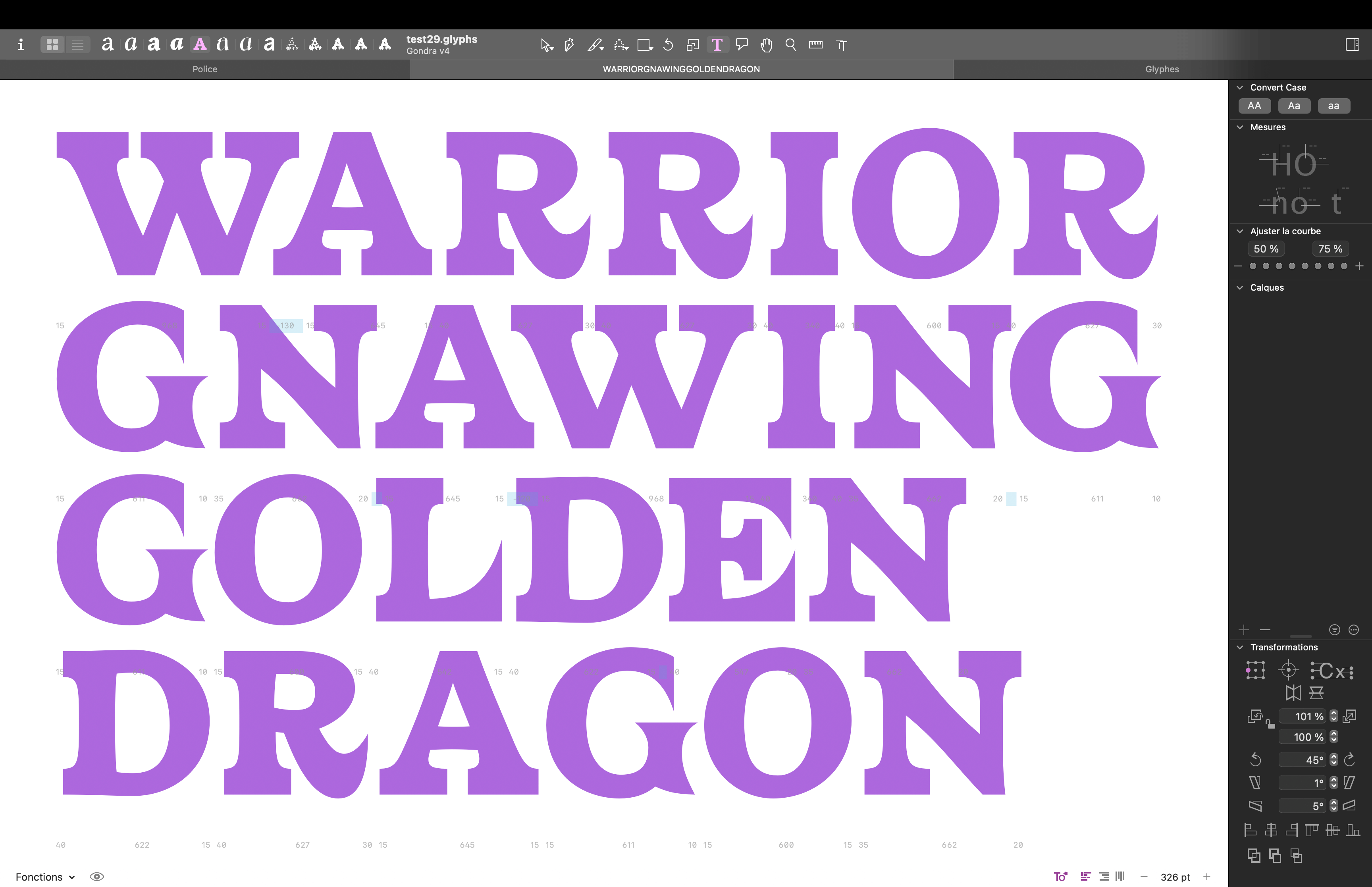
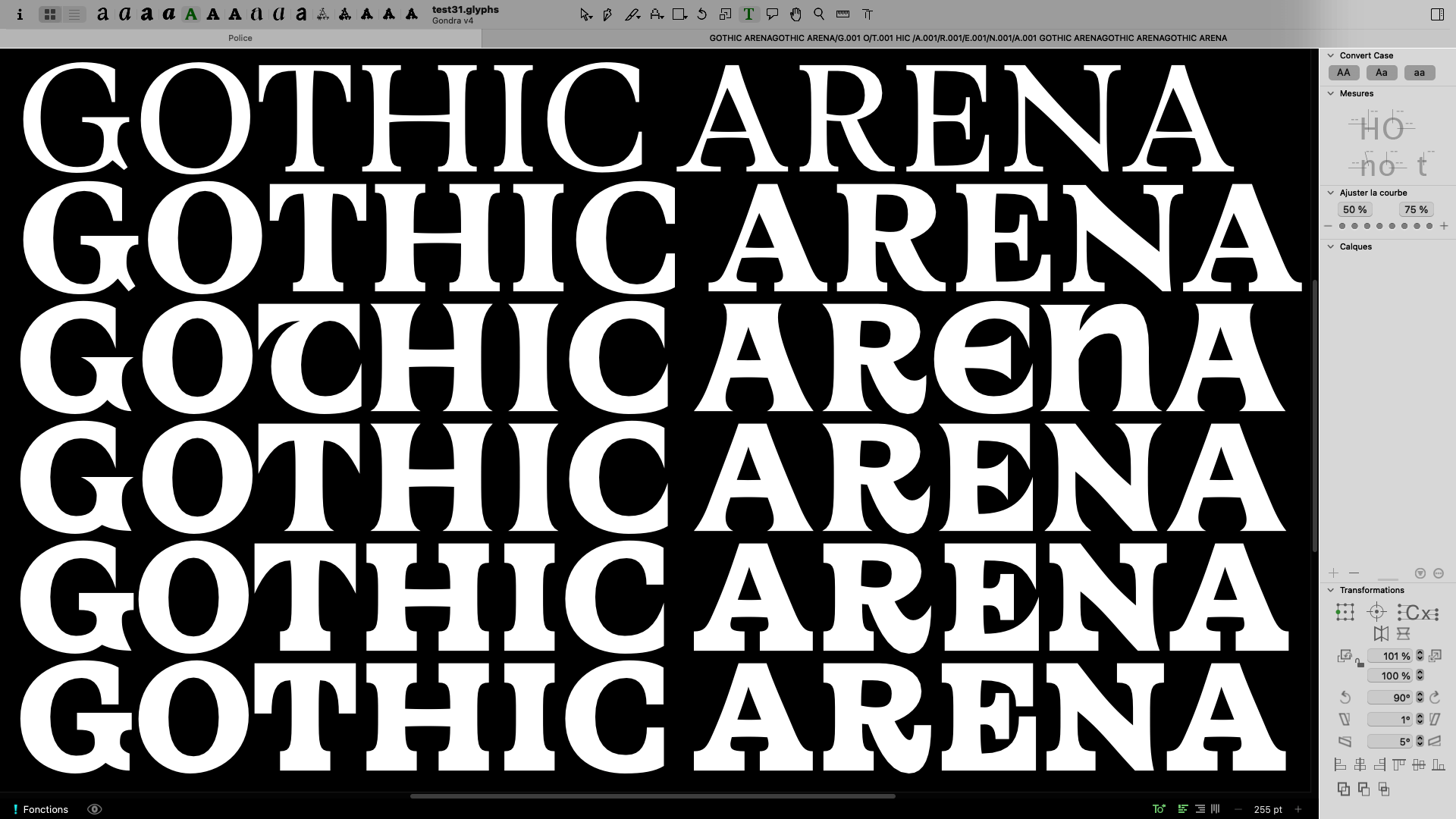
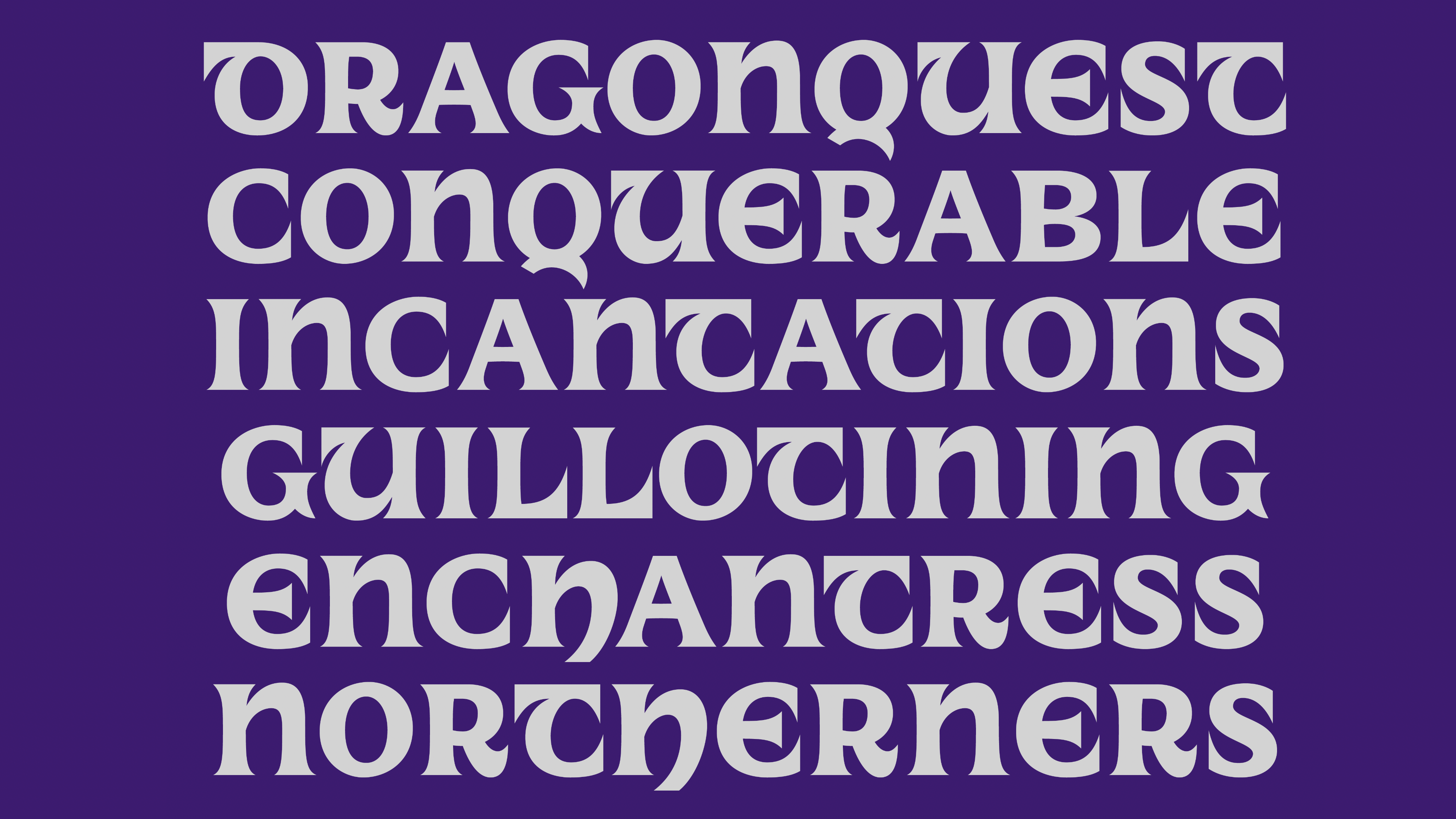
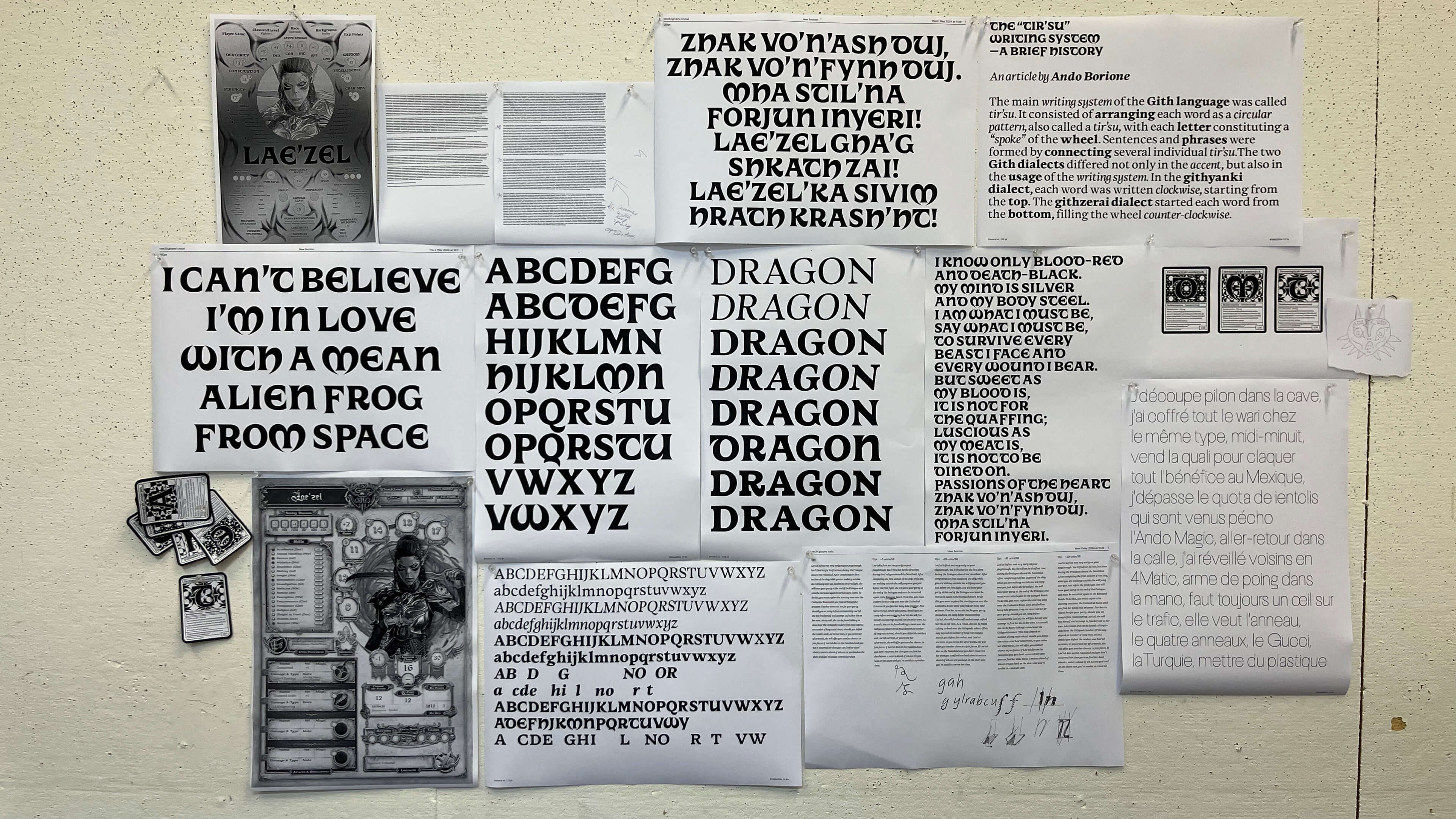
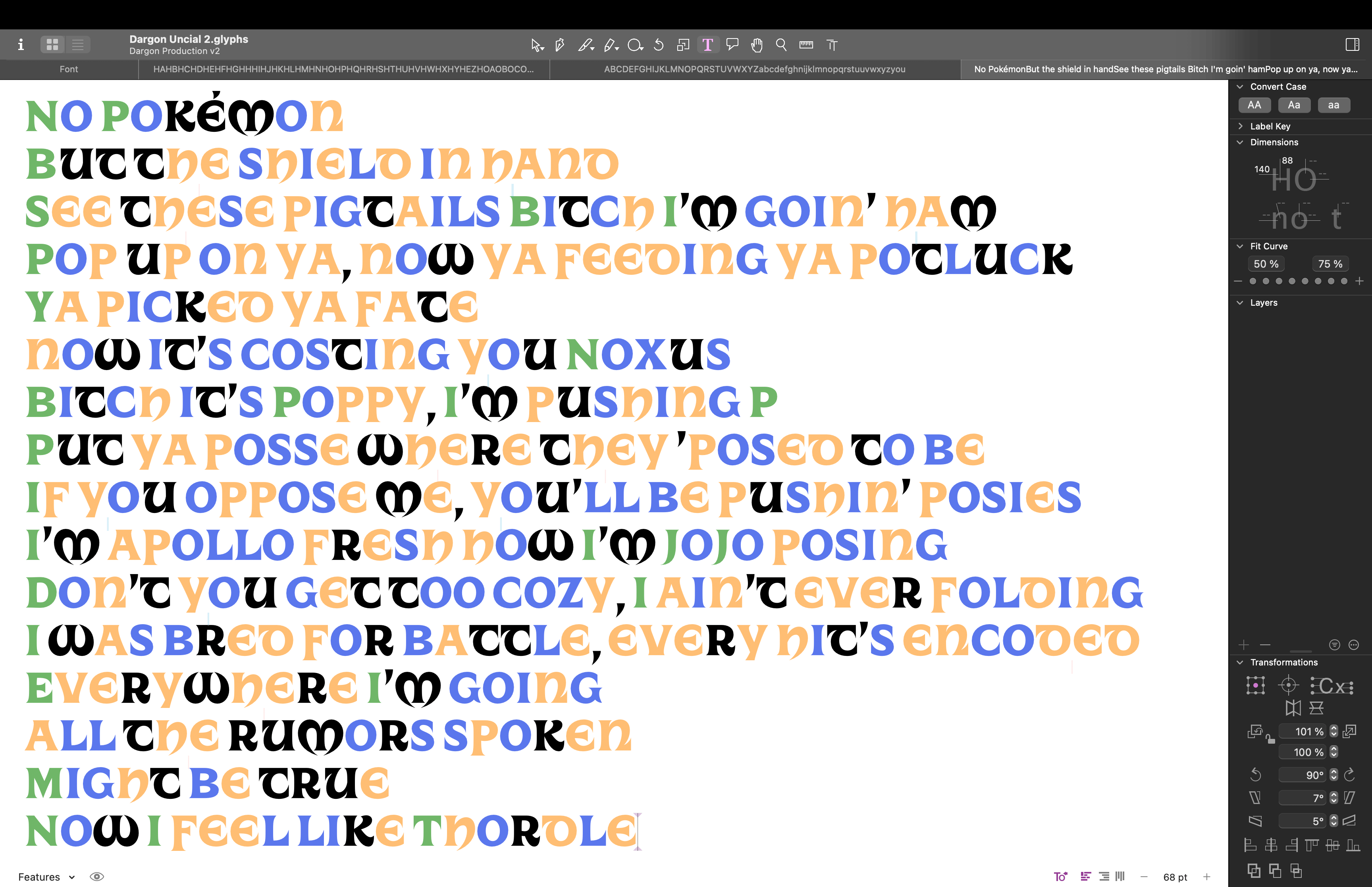
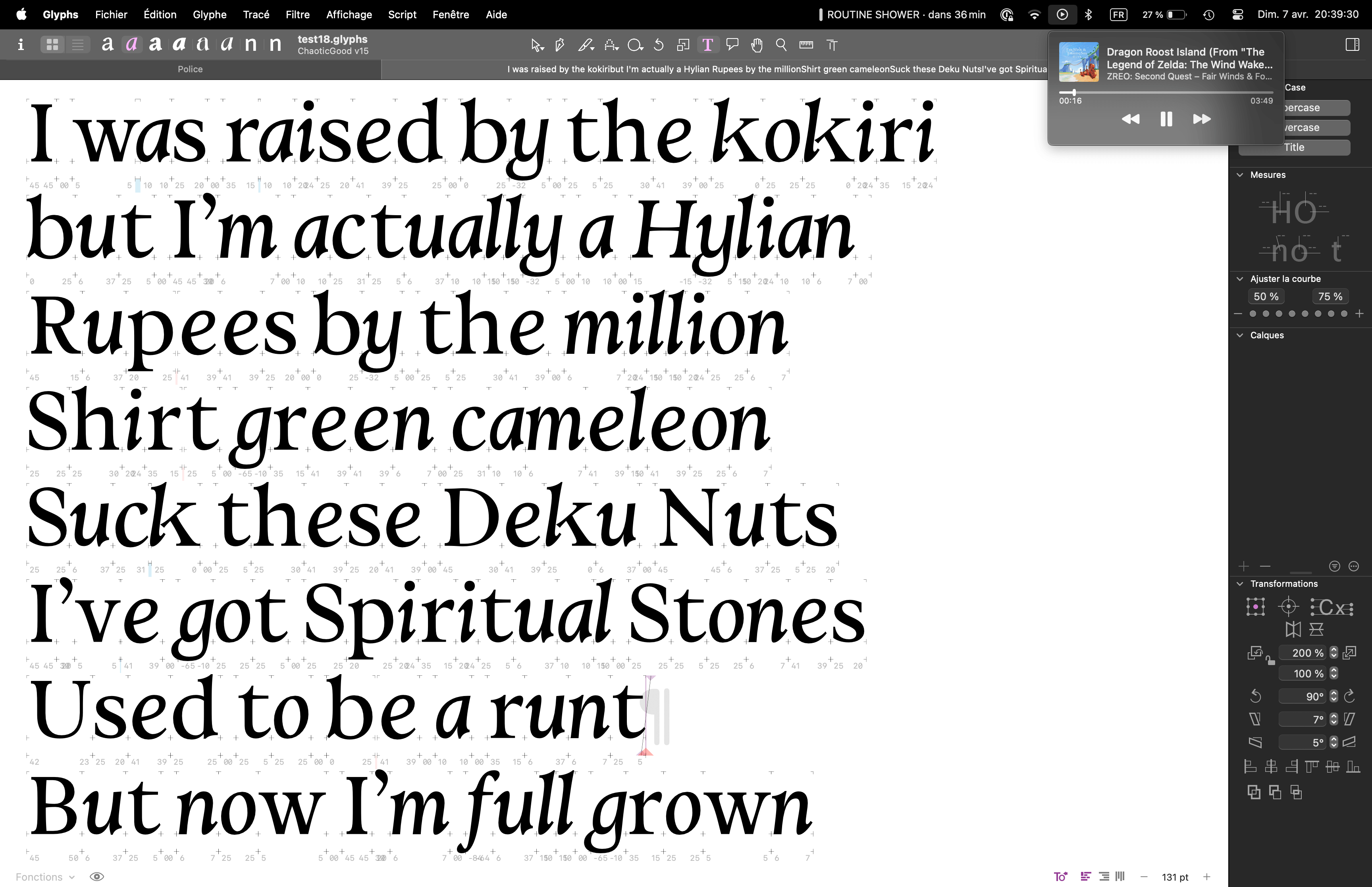
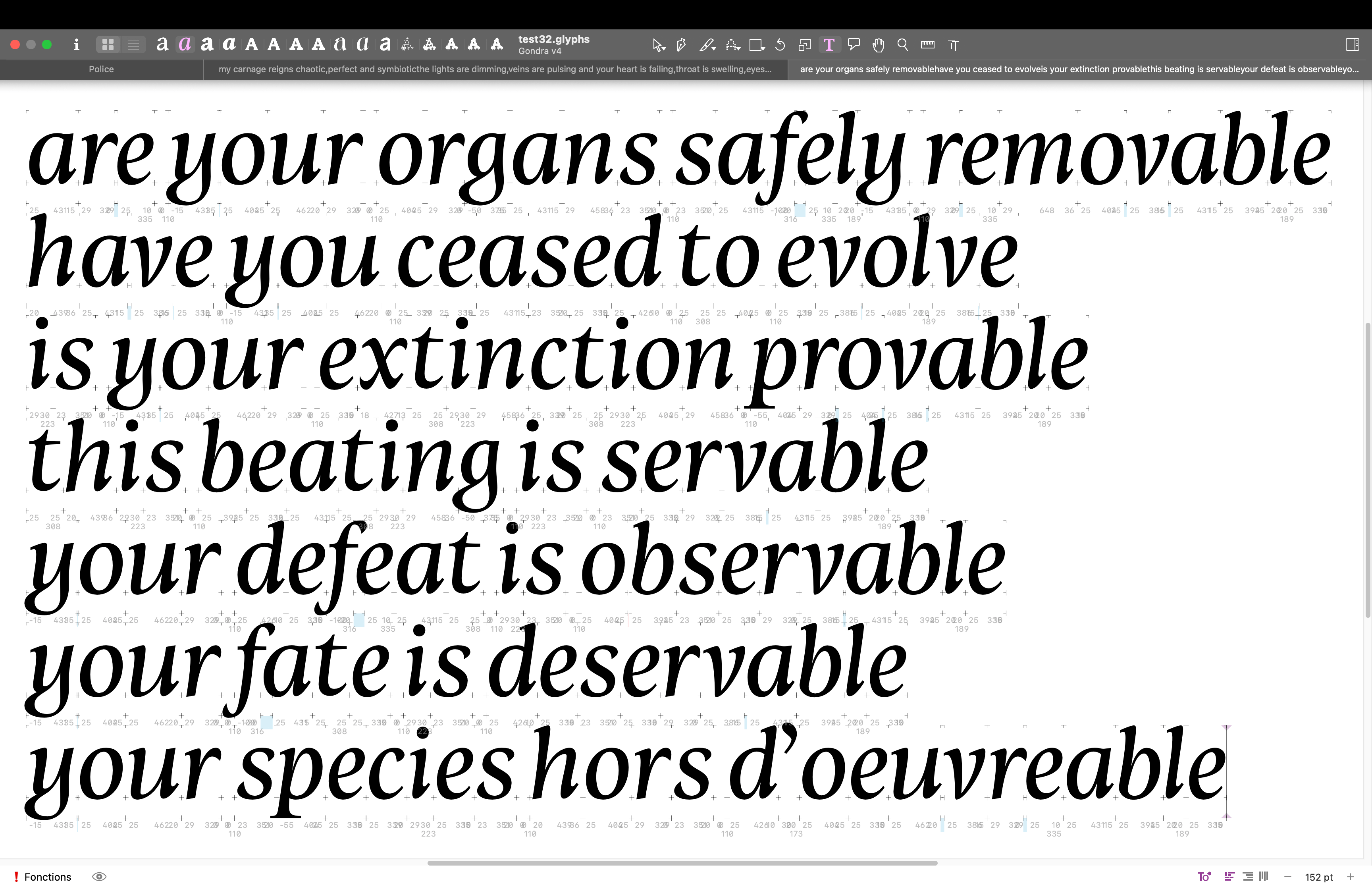
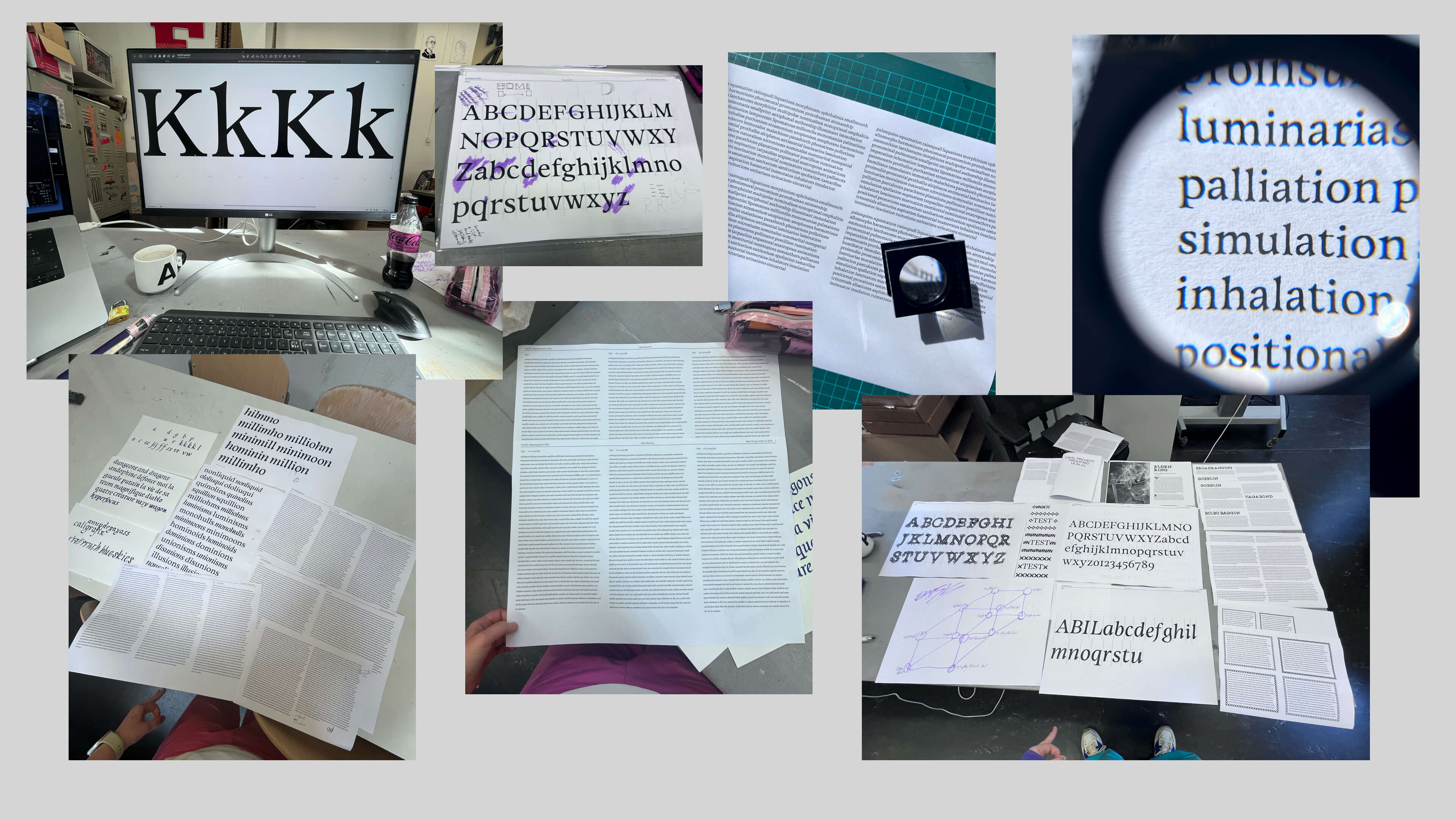
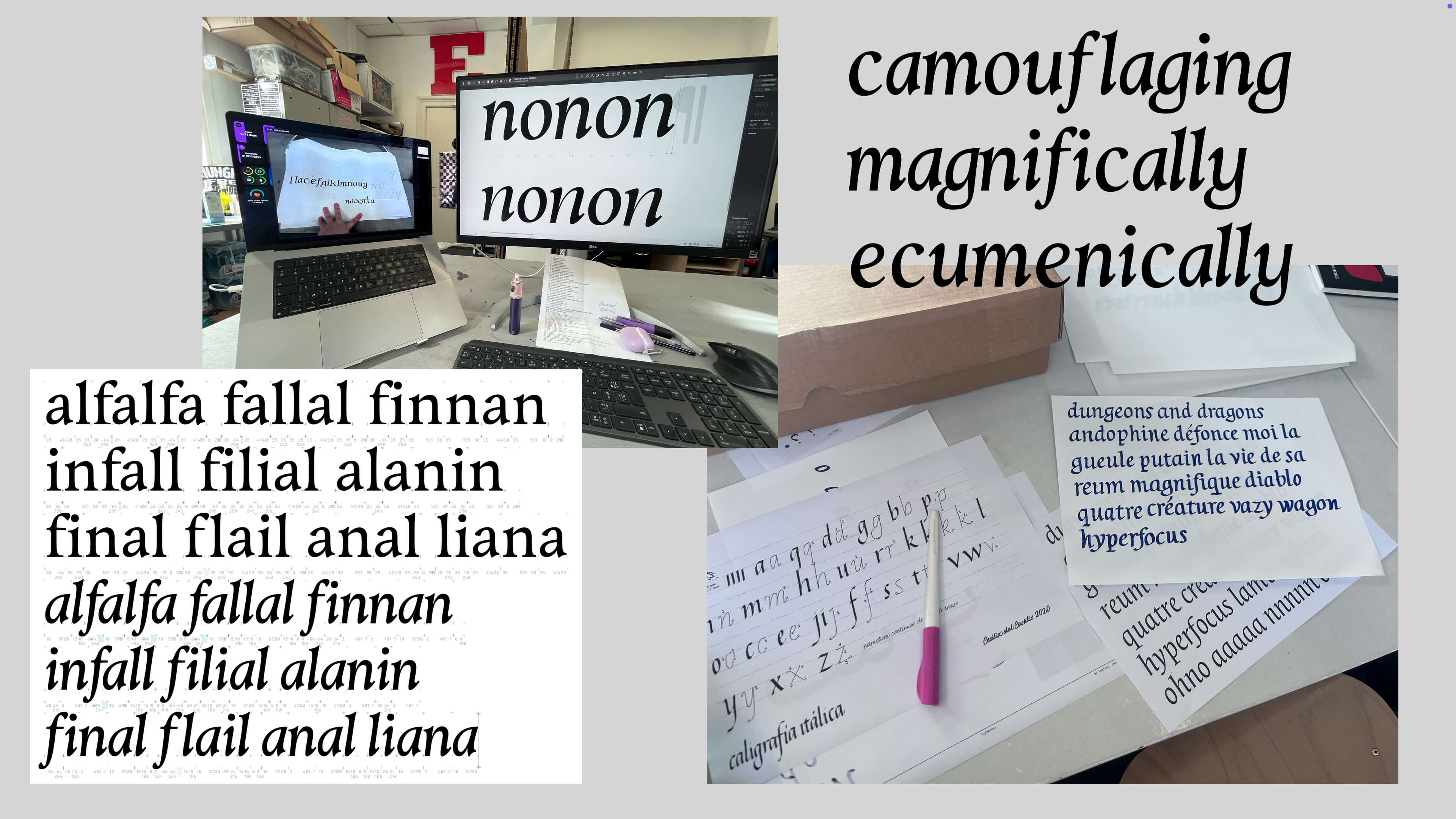
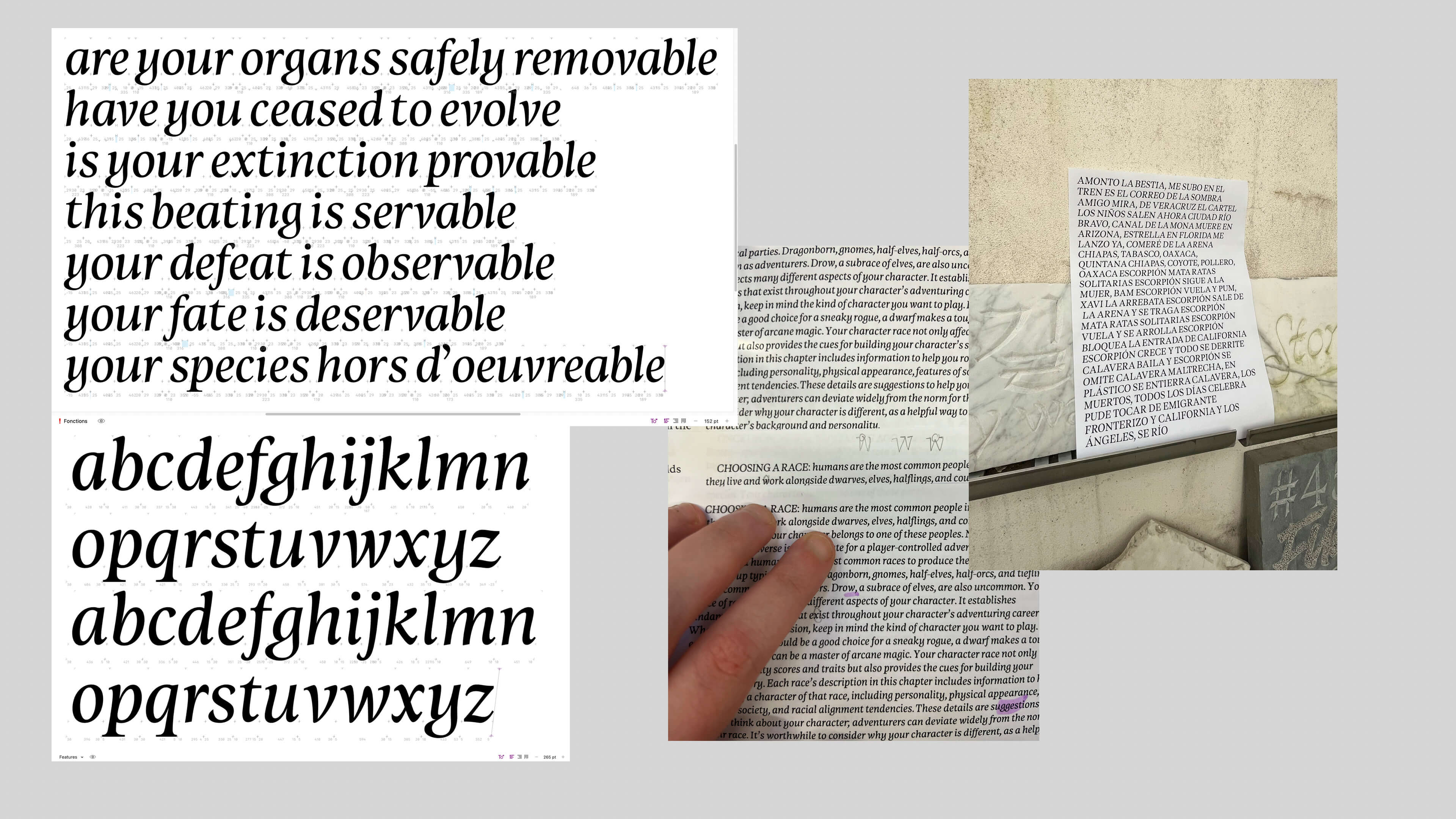
When it came to making the process book and specimen, I knew I wanted something related to my main application, collectible playing cards.
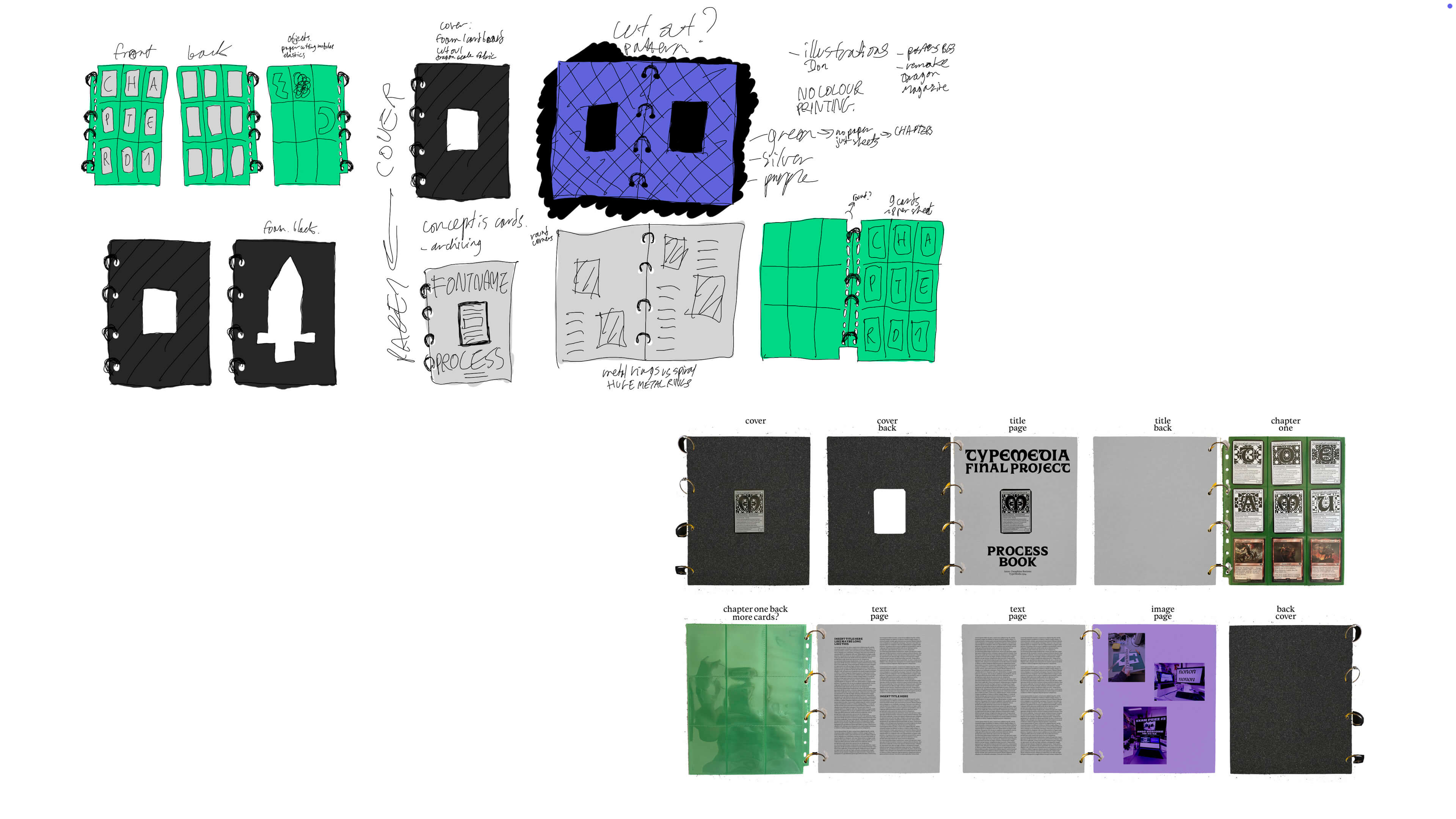
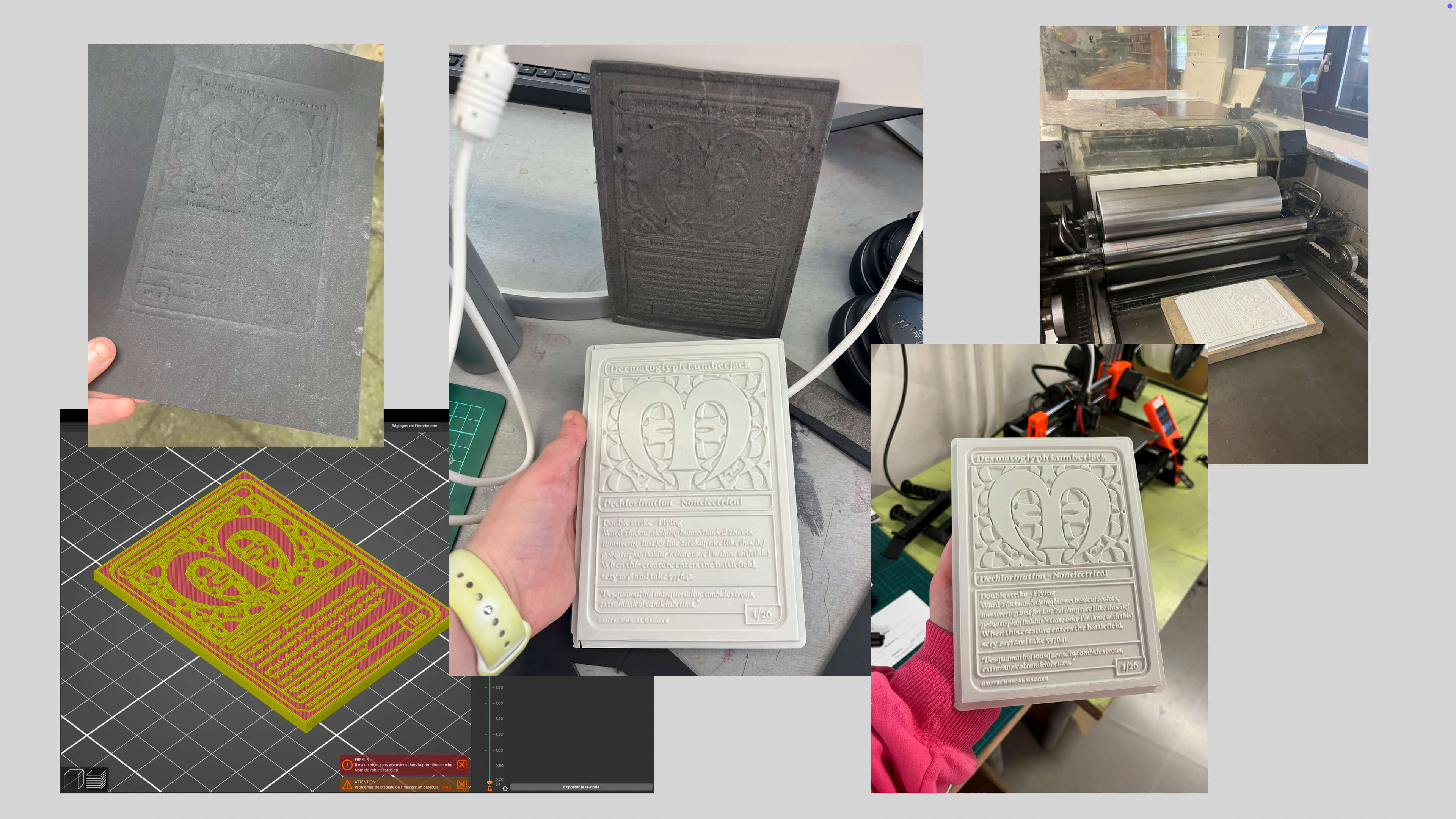
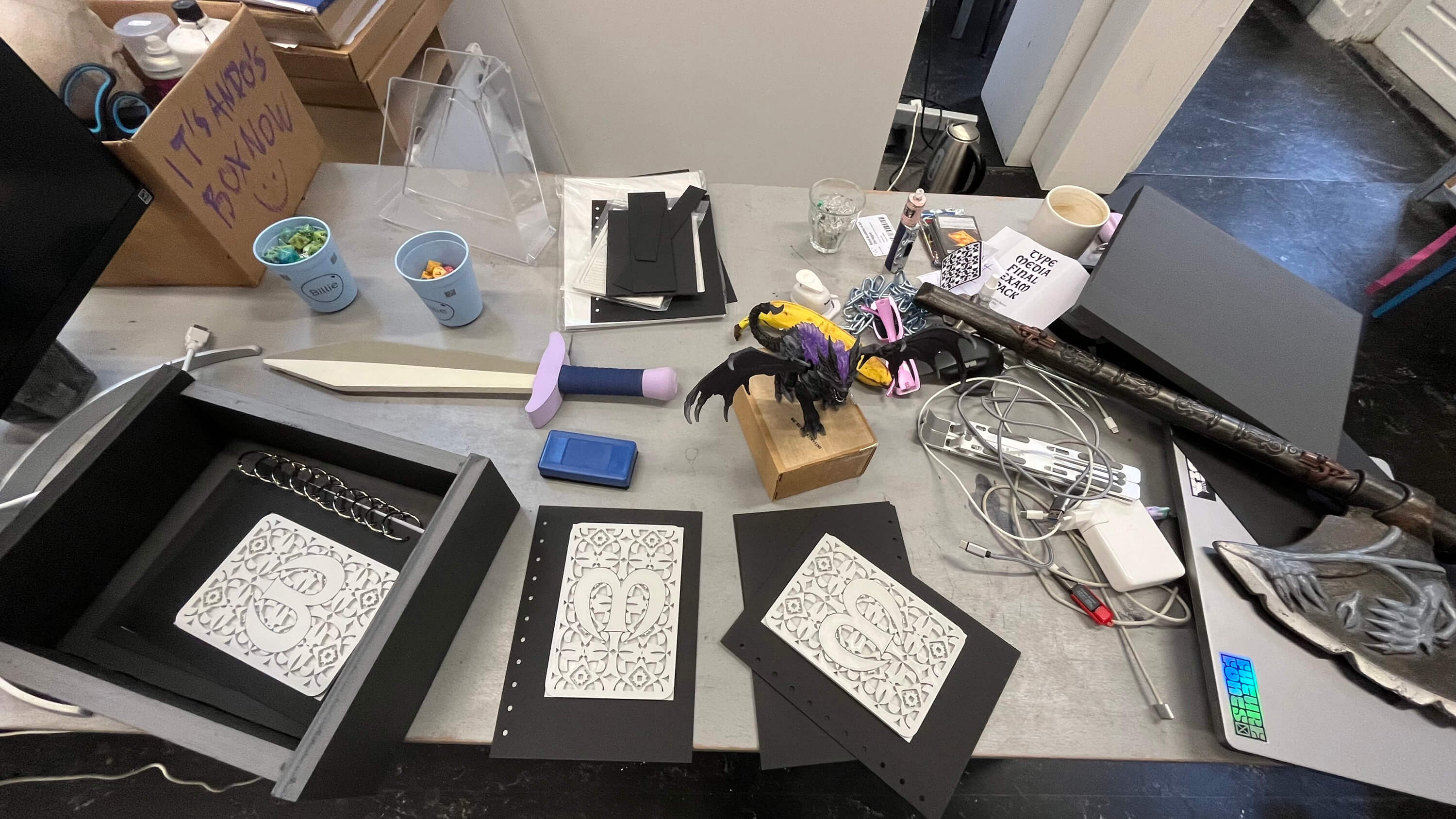
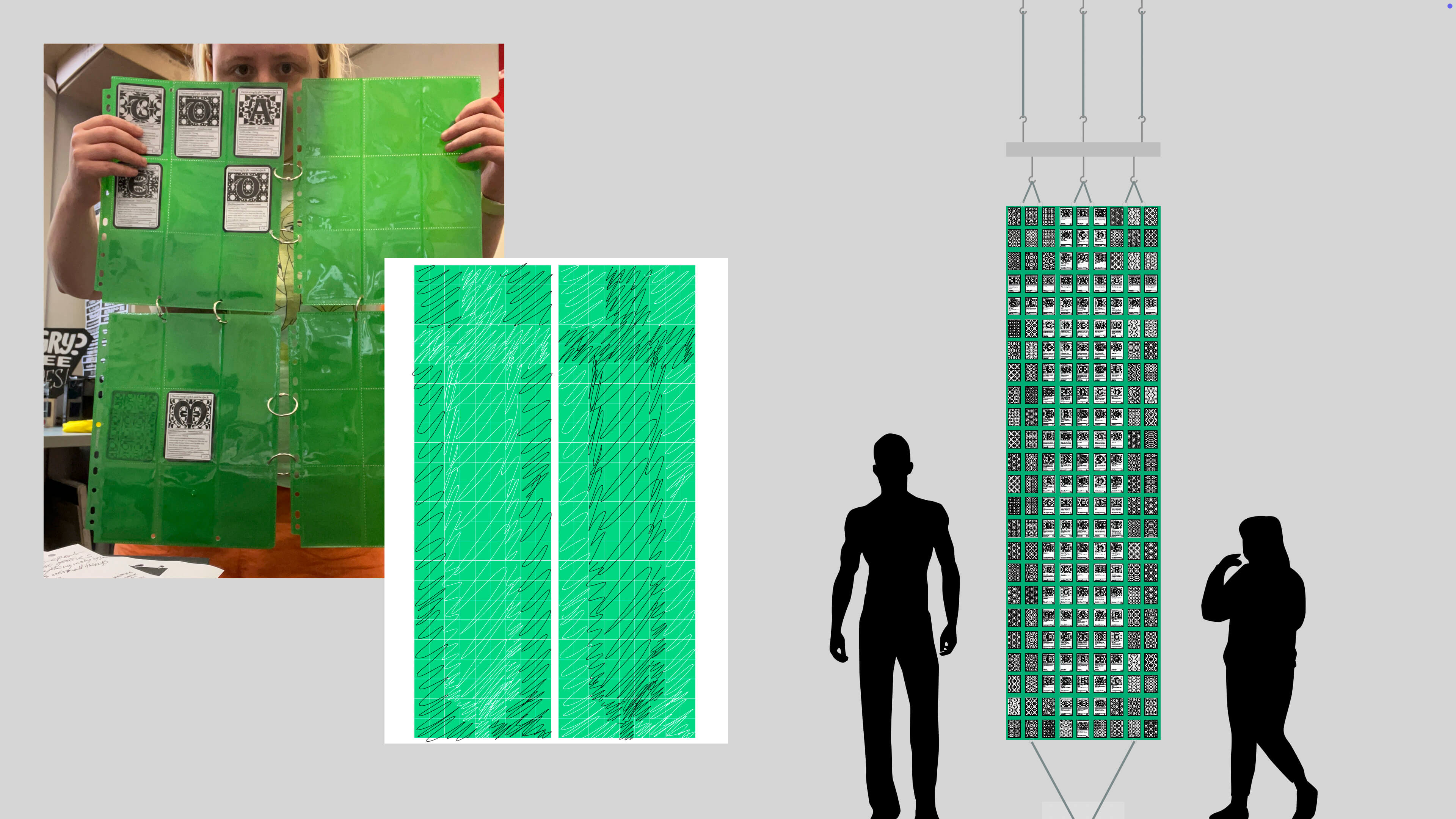
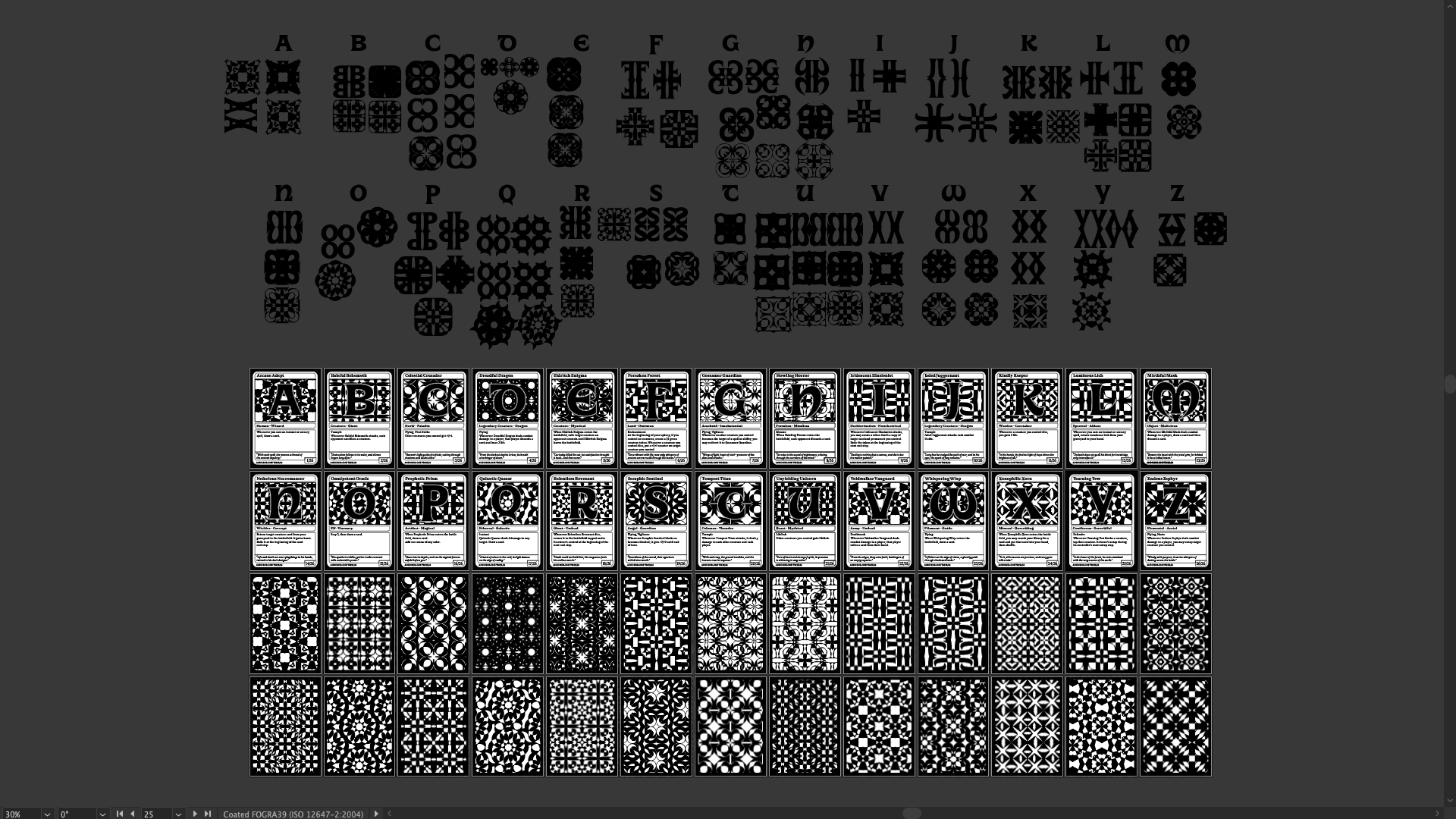
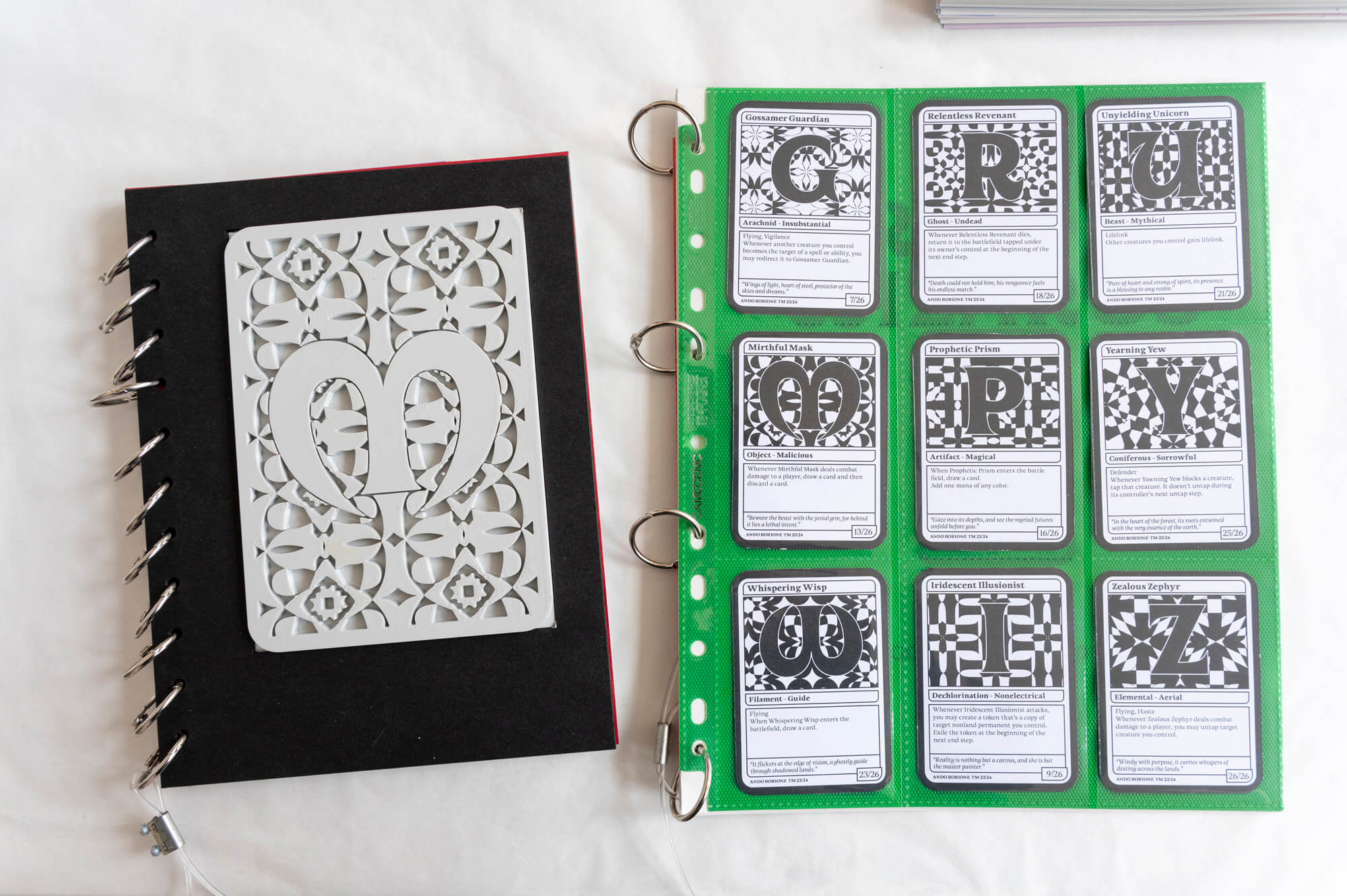
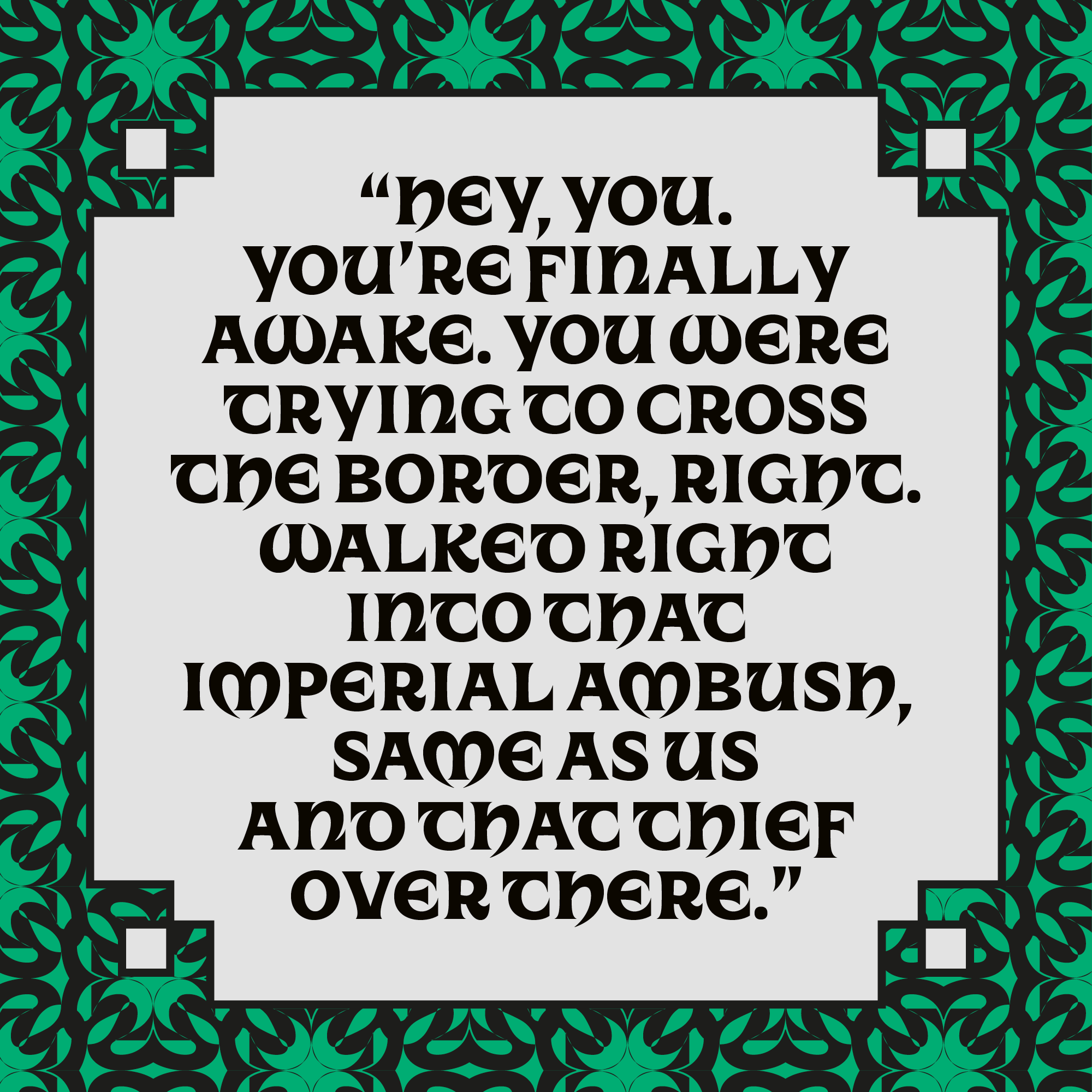
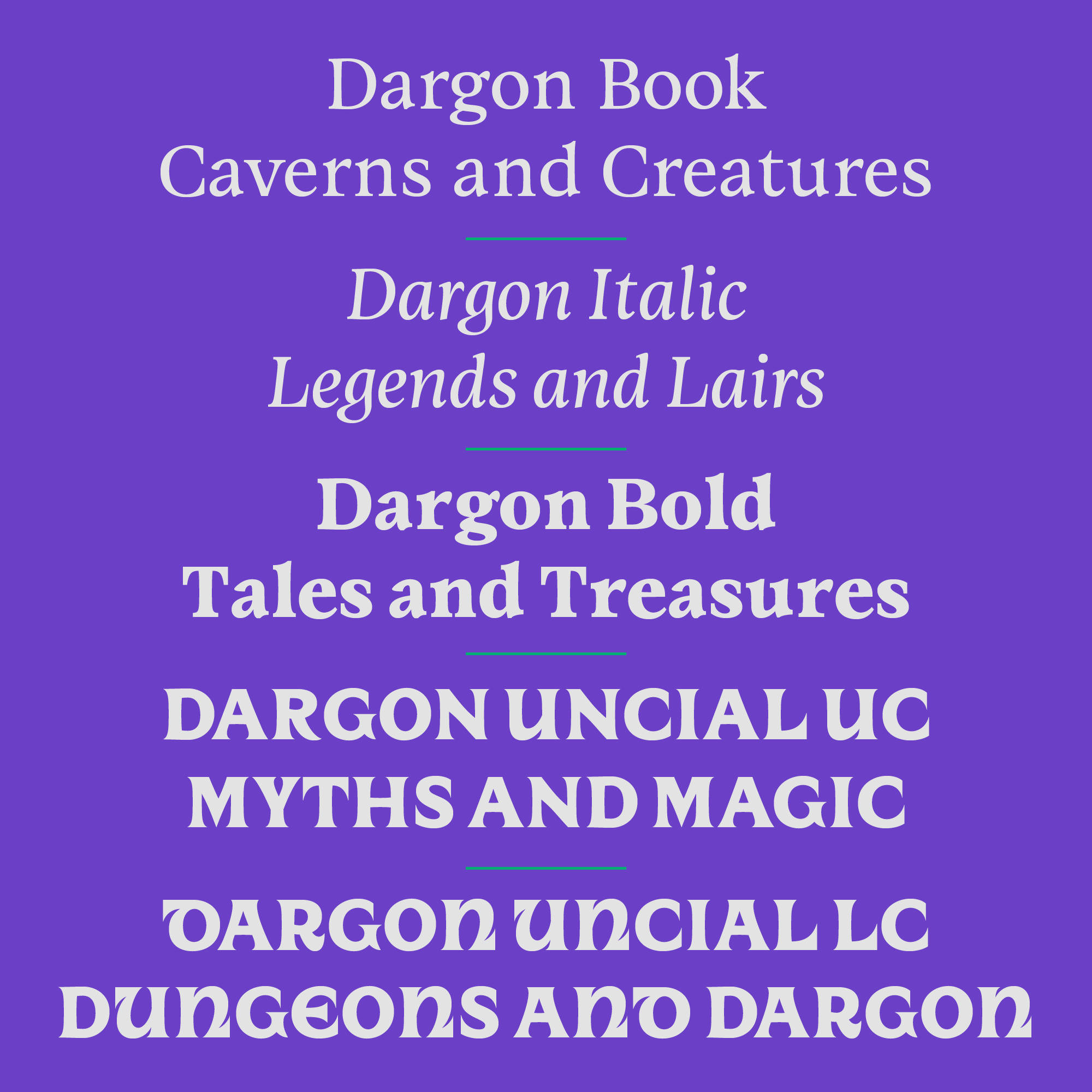
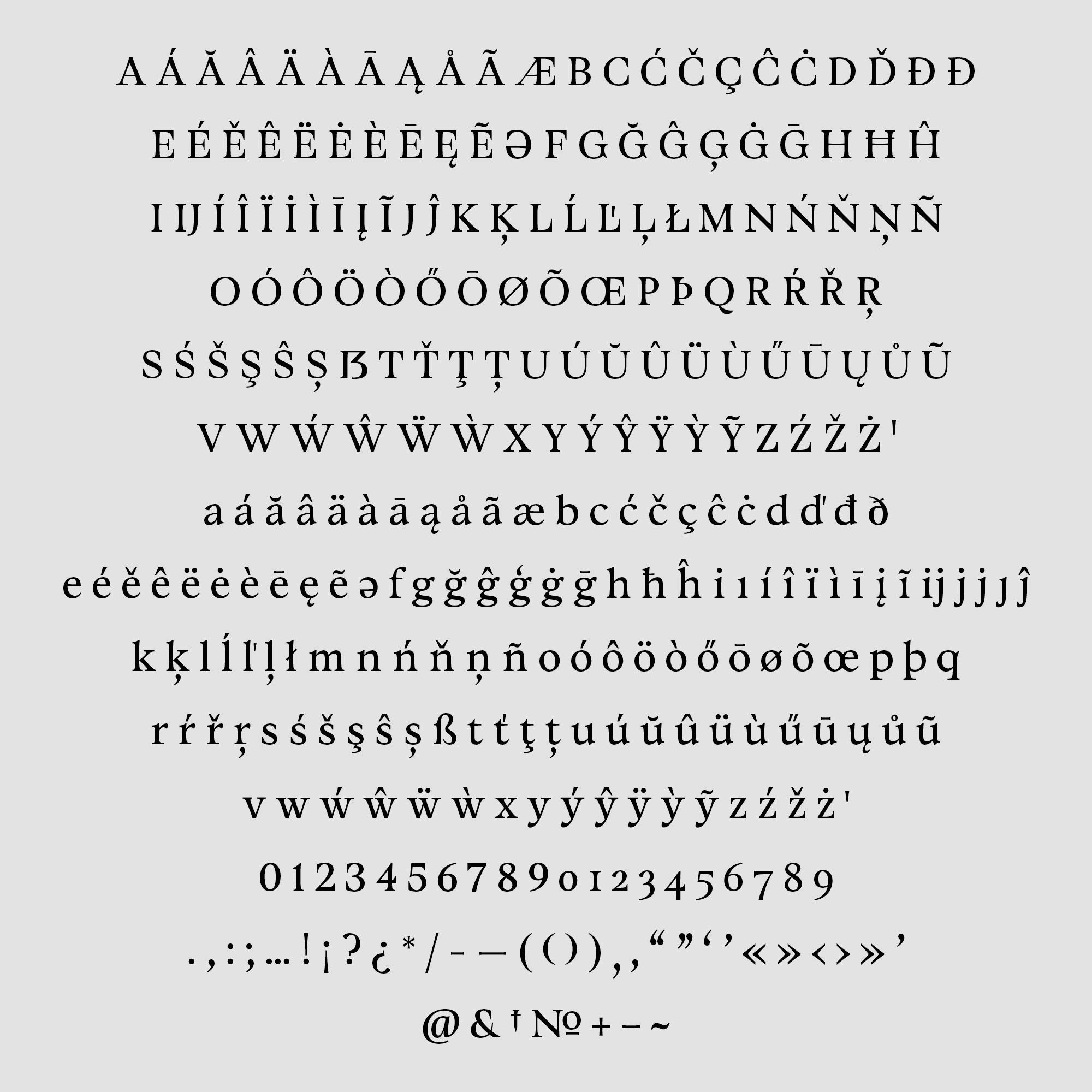
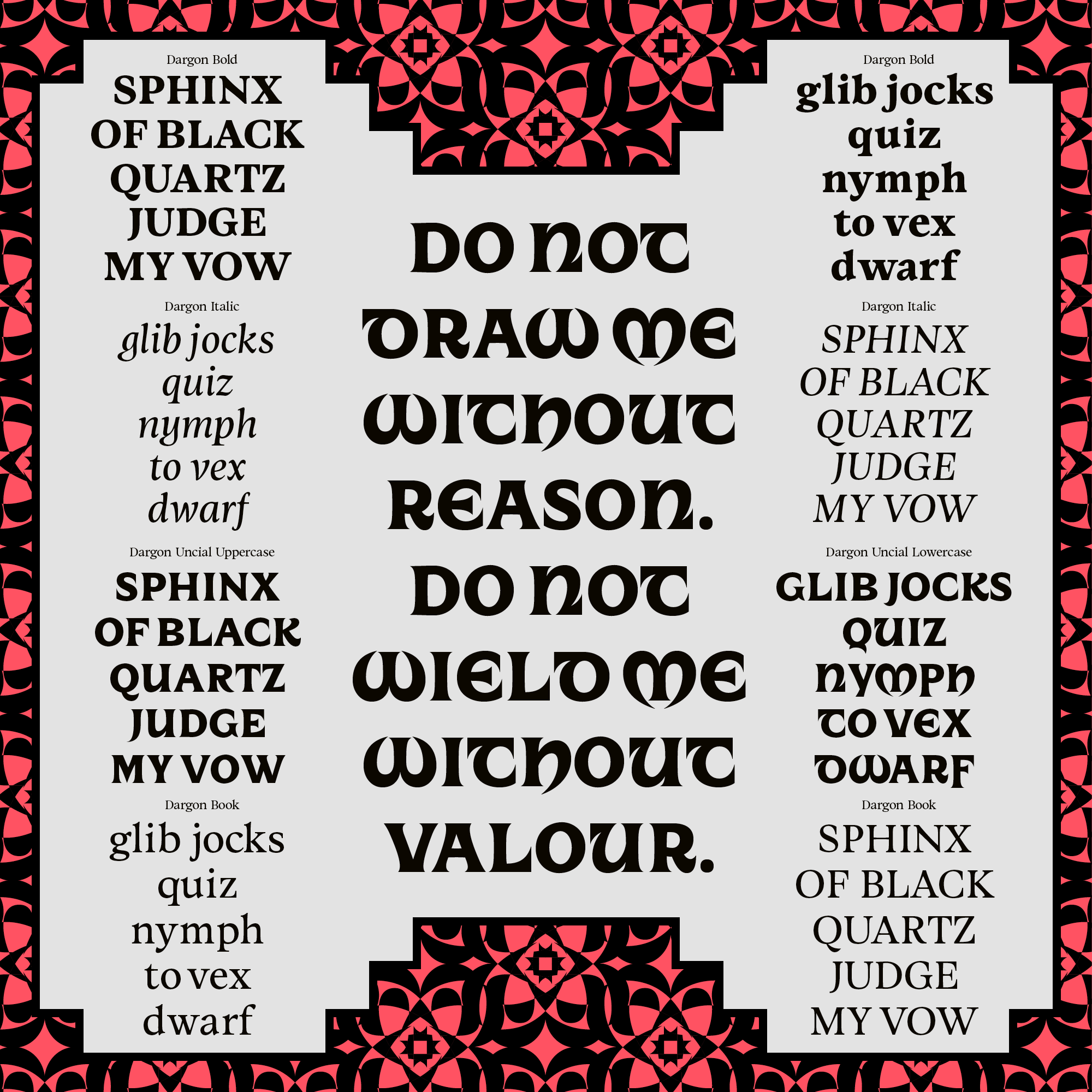
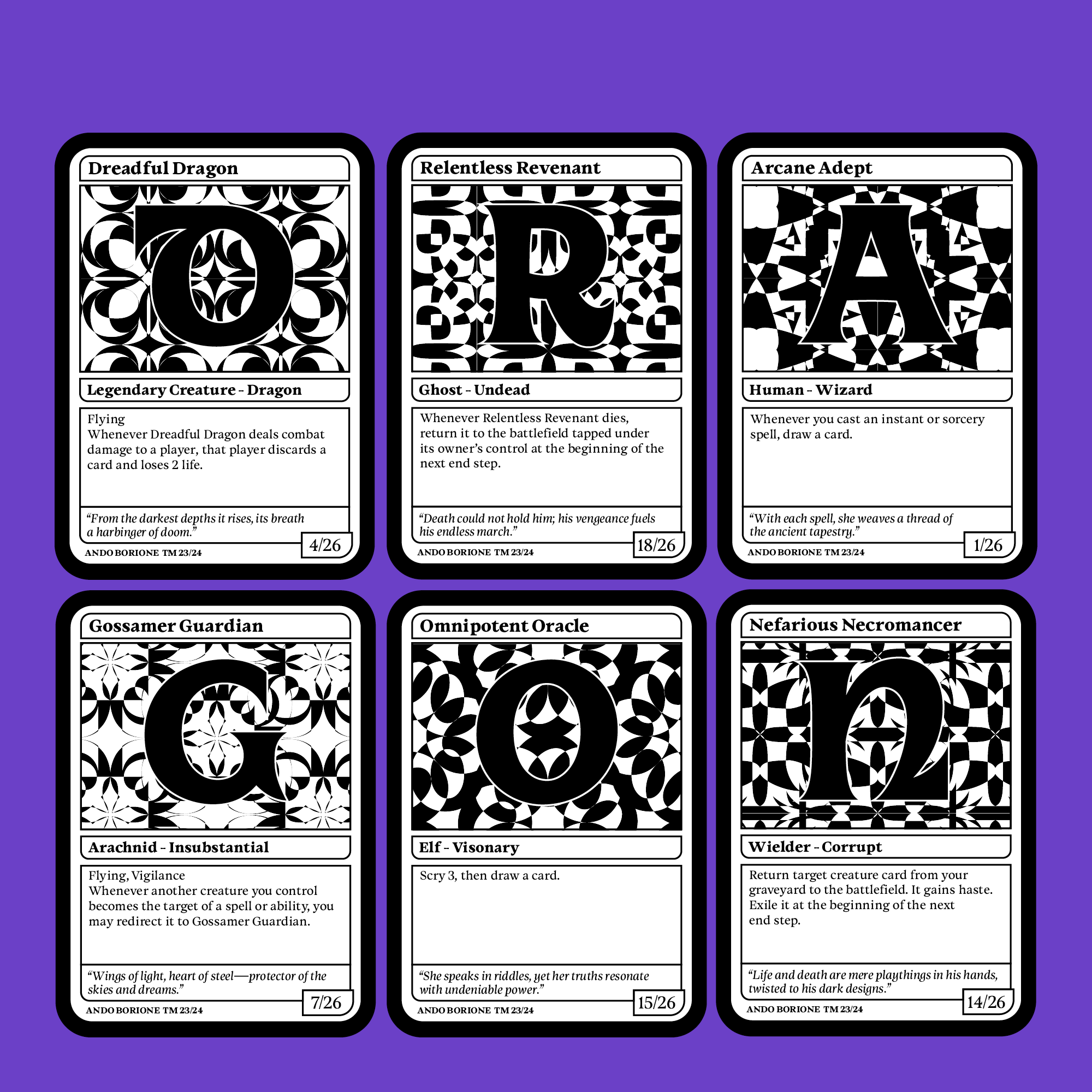
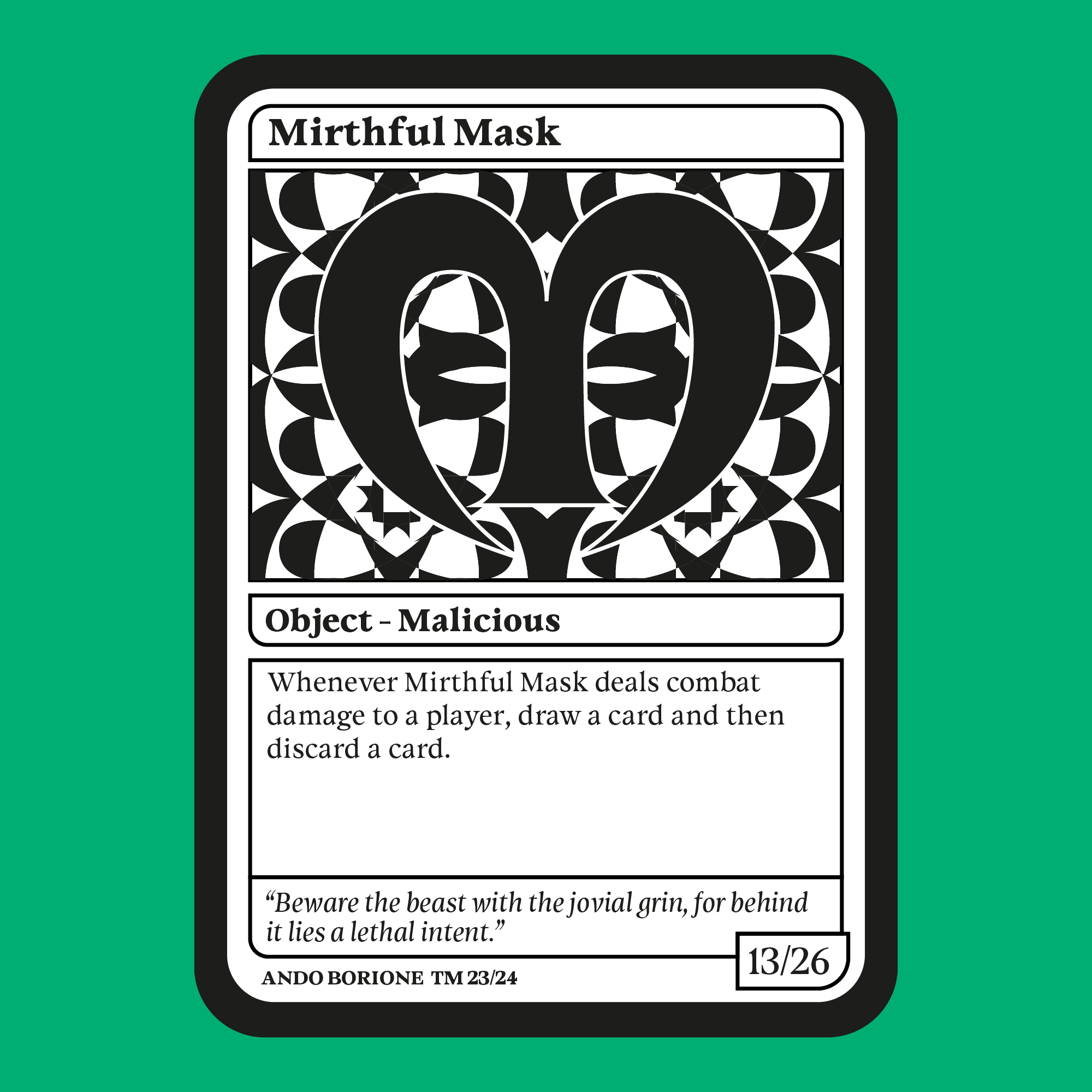
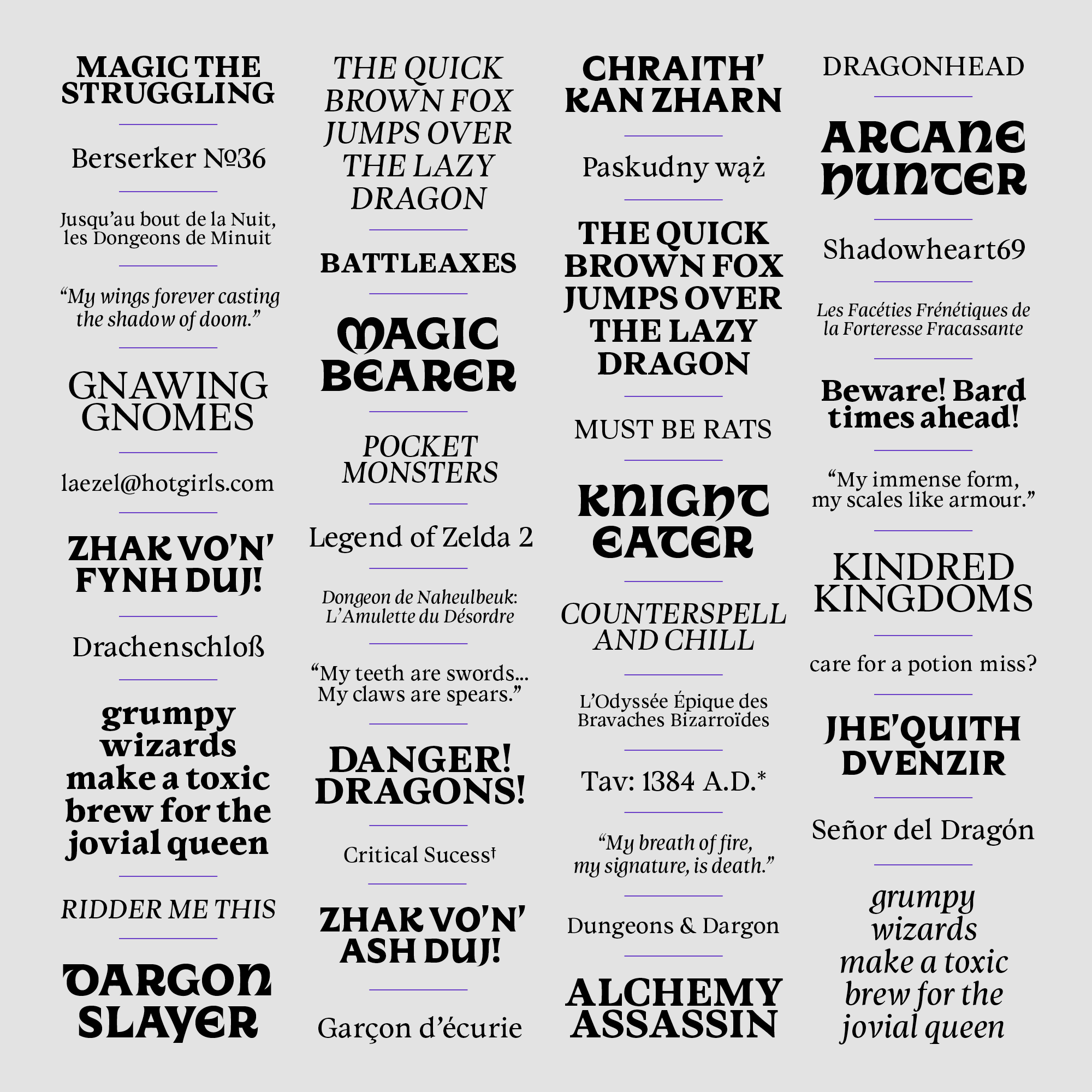
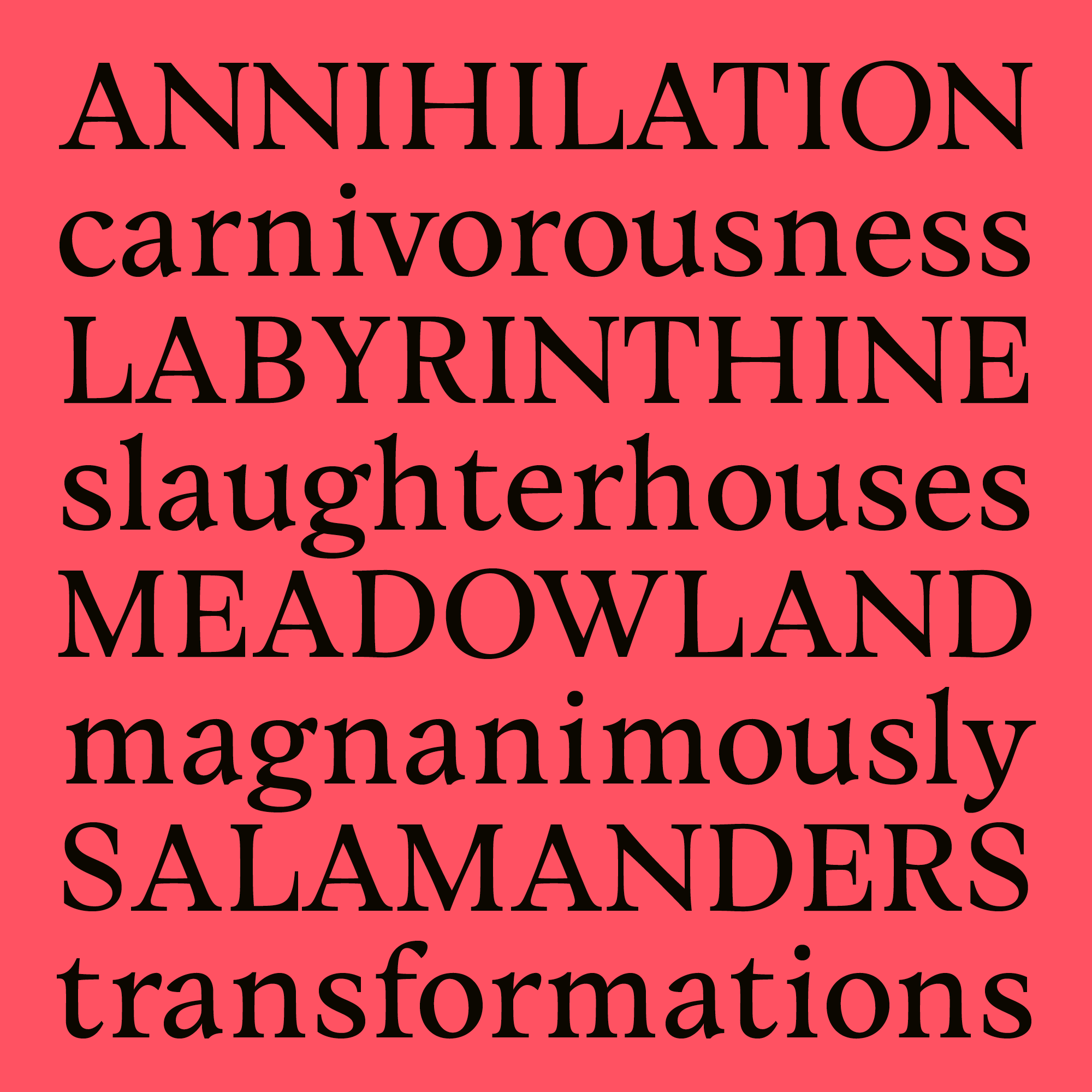
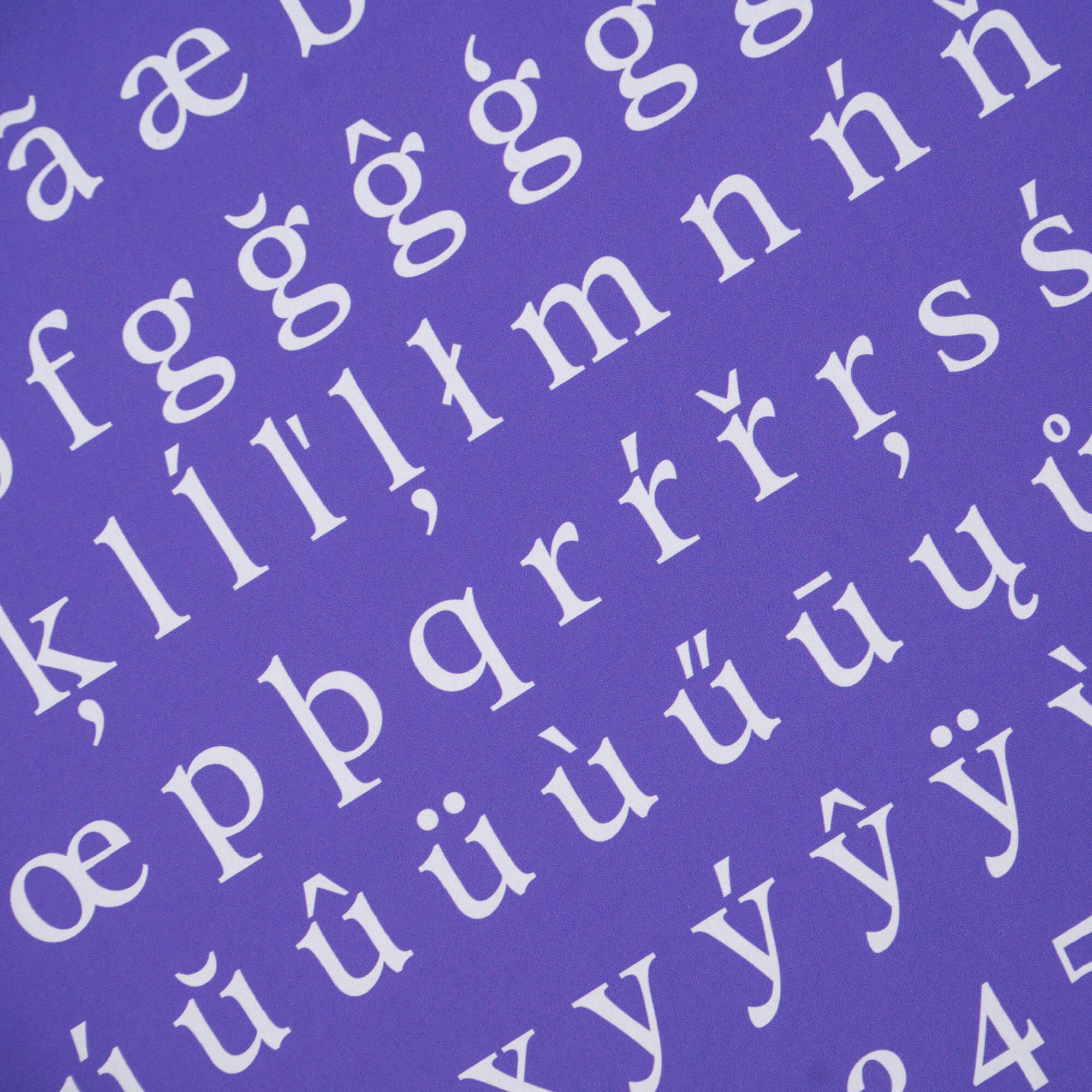
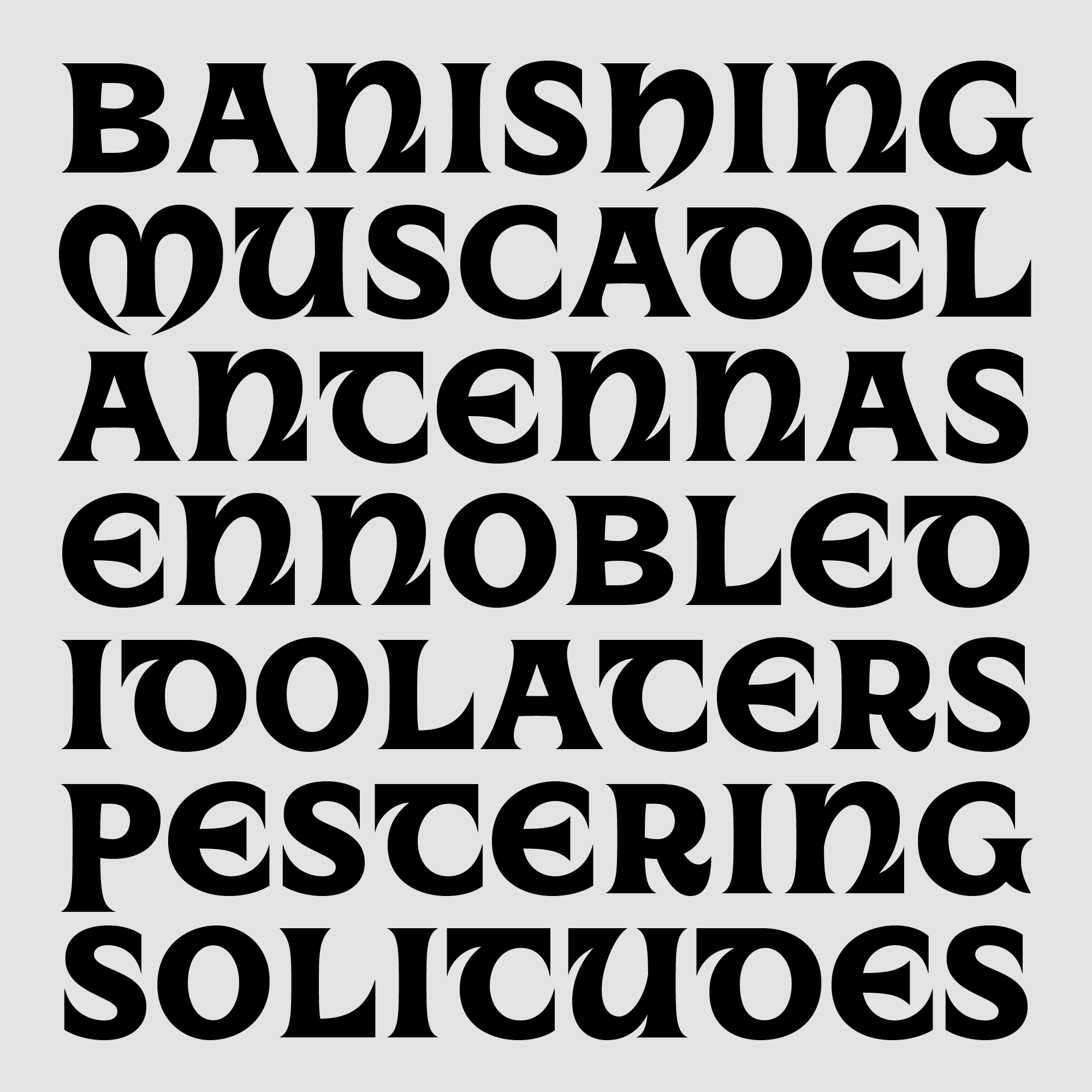
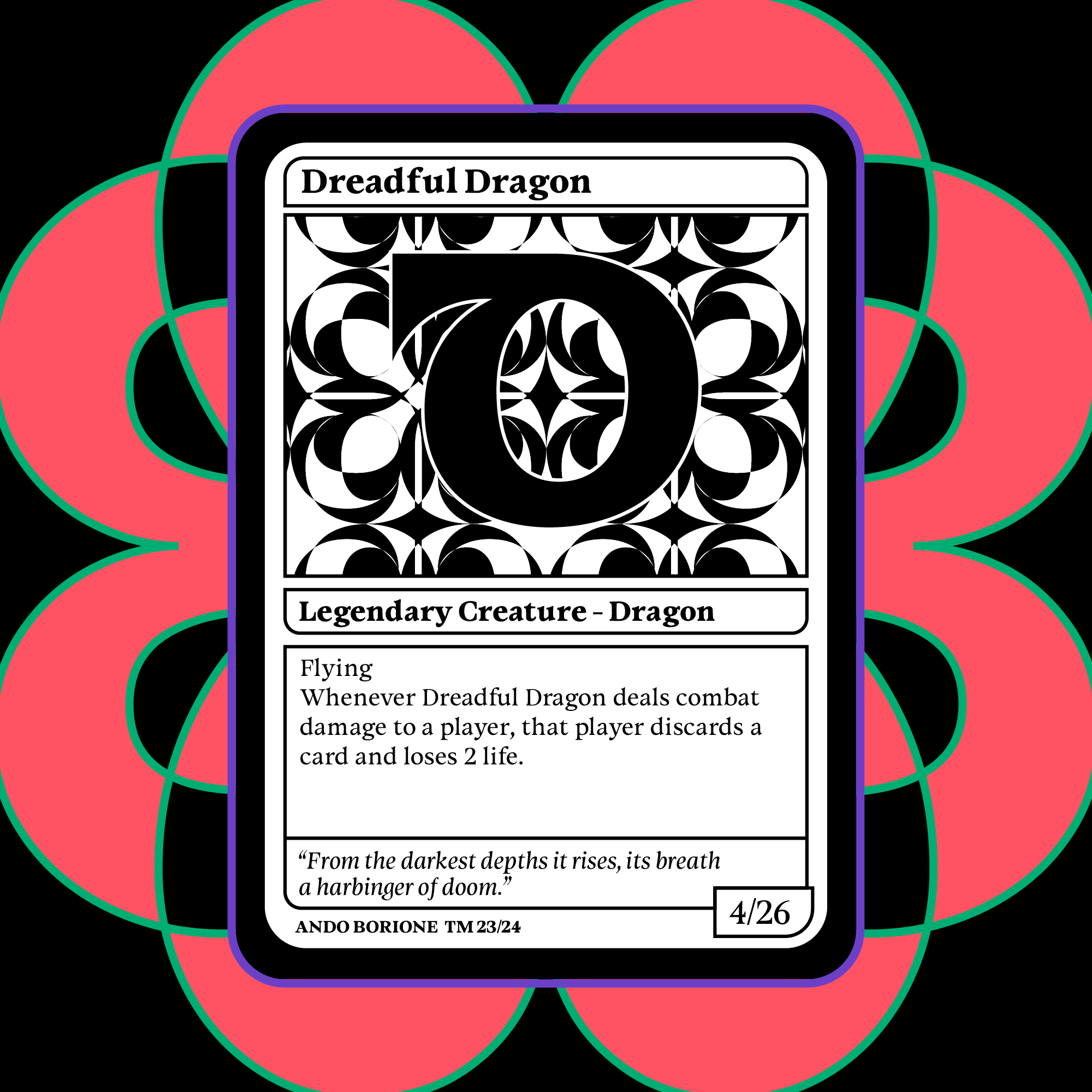
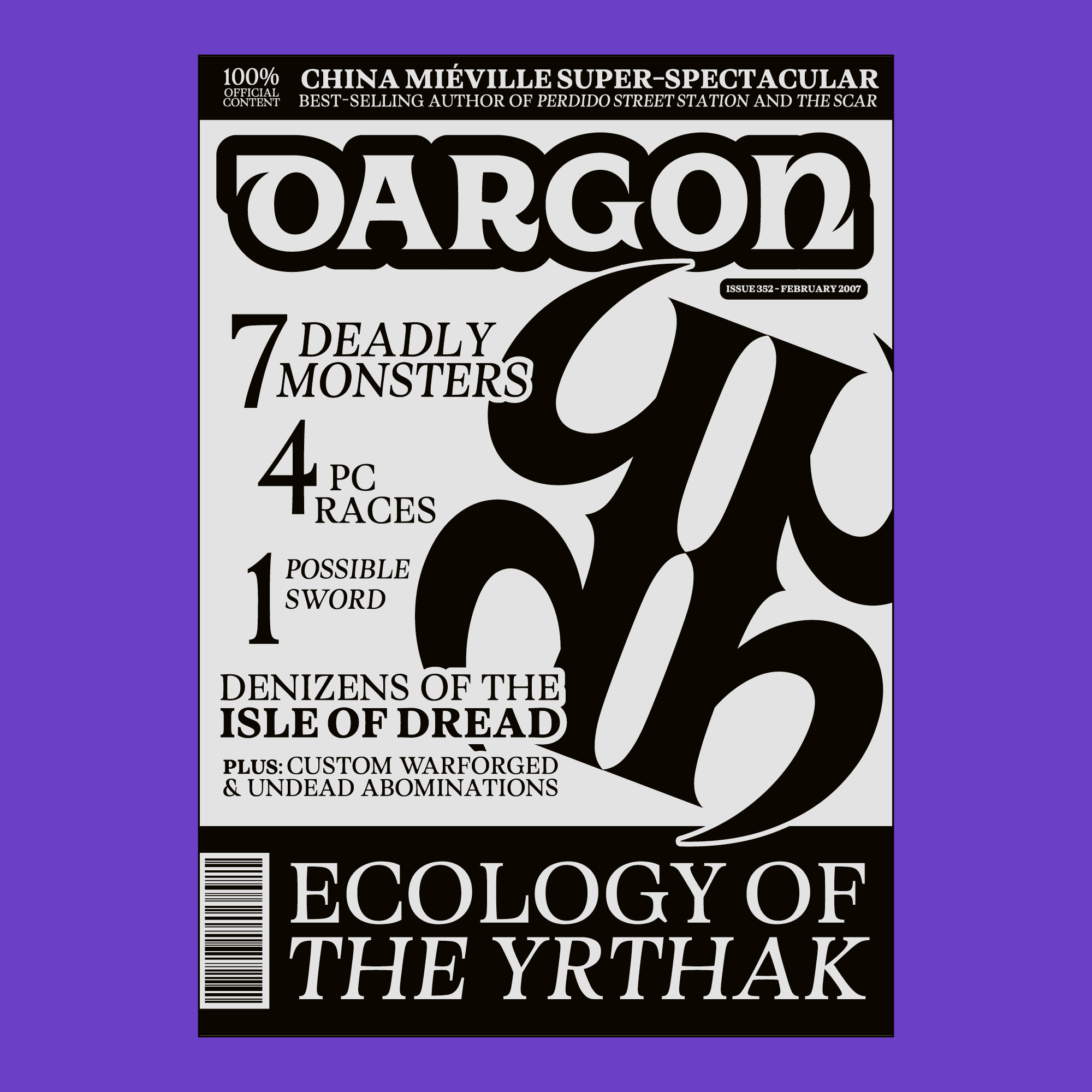
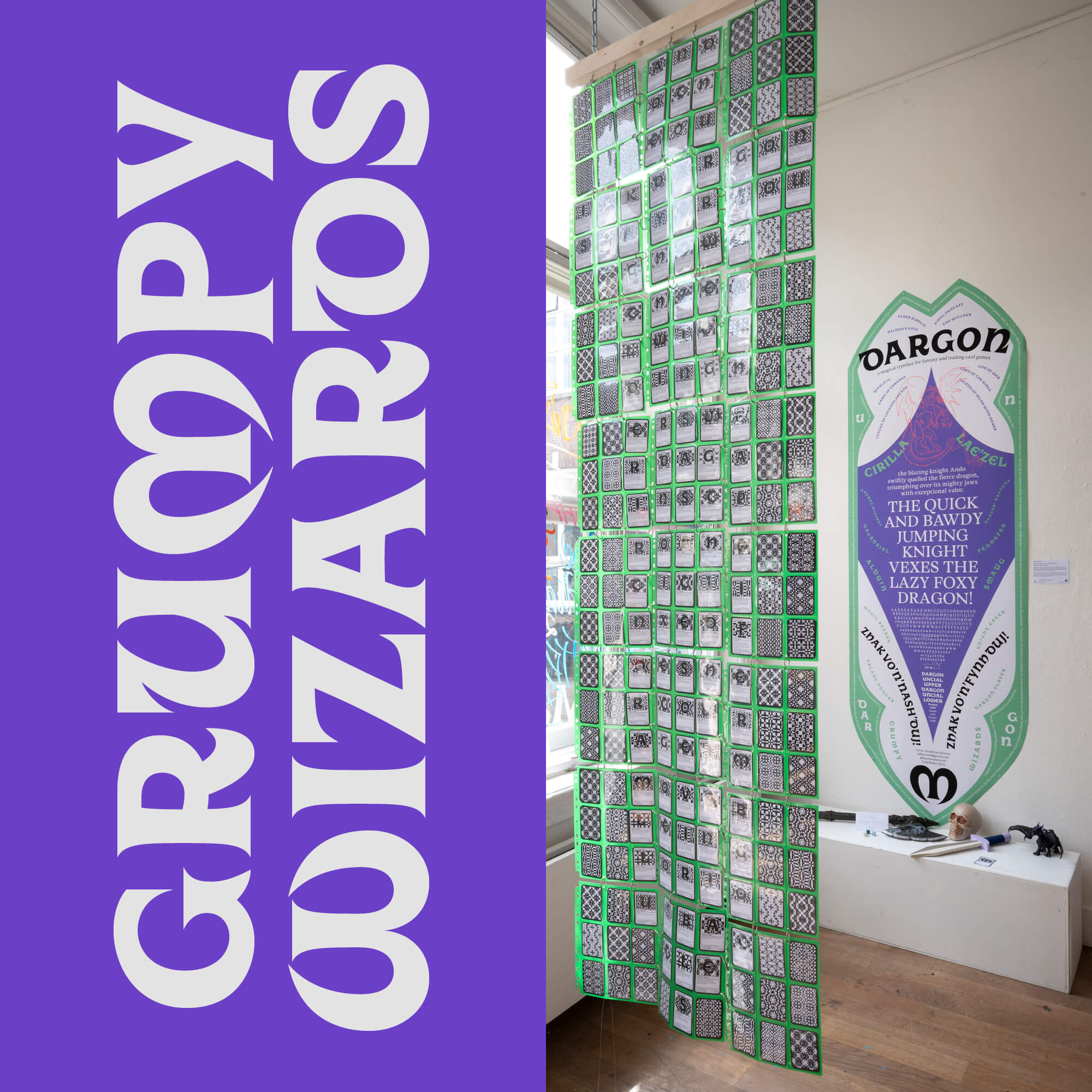
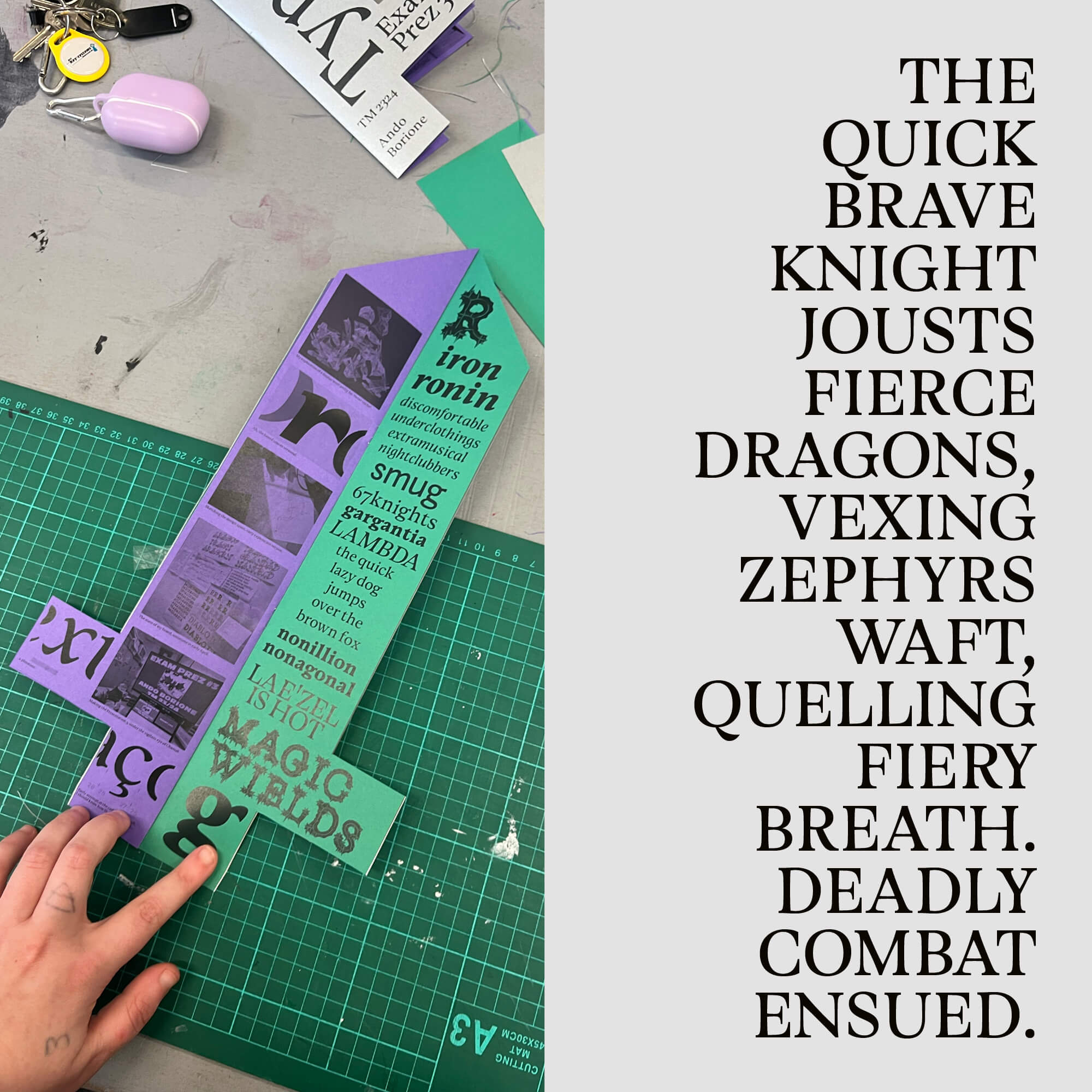
In conclusion! In my kick off presentation, I wrote three simple words as a guideline for the entire project: surprise, expand, experiment. I am elated to say that a text font was the key to reach this.
Dargon is the recipient of the 2024 ↗ Gerard Unger Scholarship by TypeTogether.
Thank you so much for reading! Please don't hesitate to reach out if you wish to discuss letterforms or fantasy with me :) Even better if both!